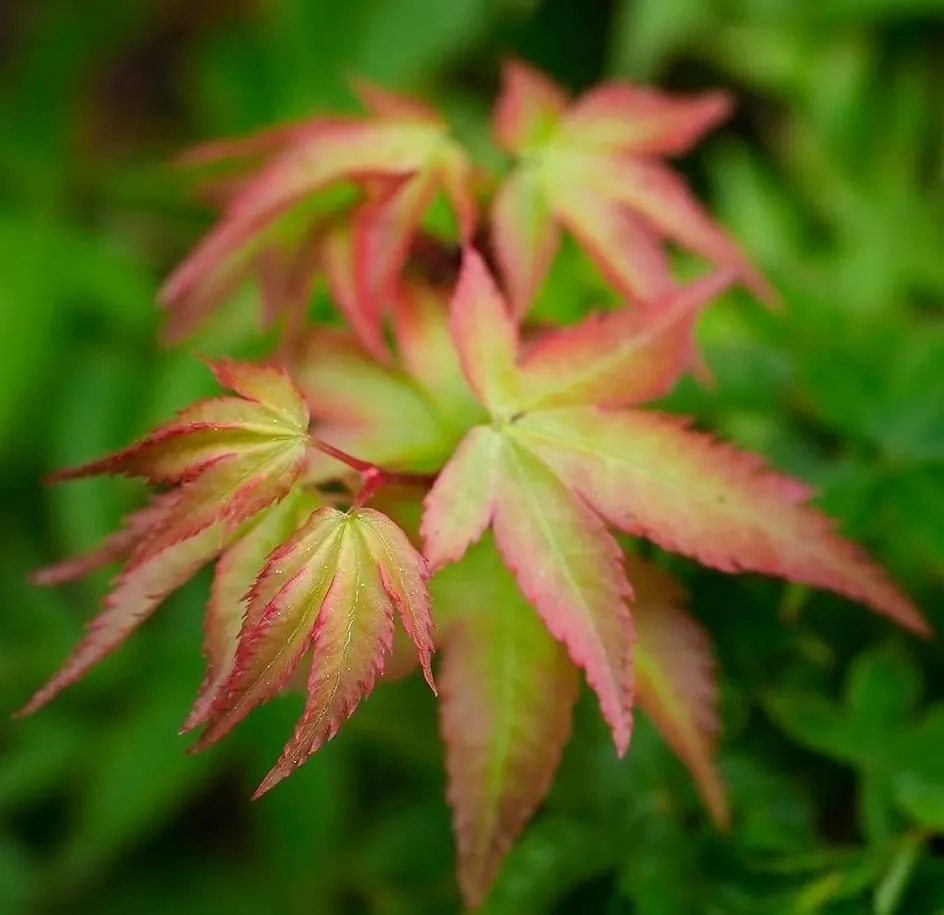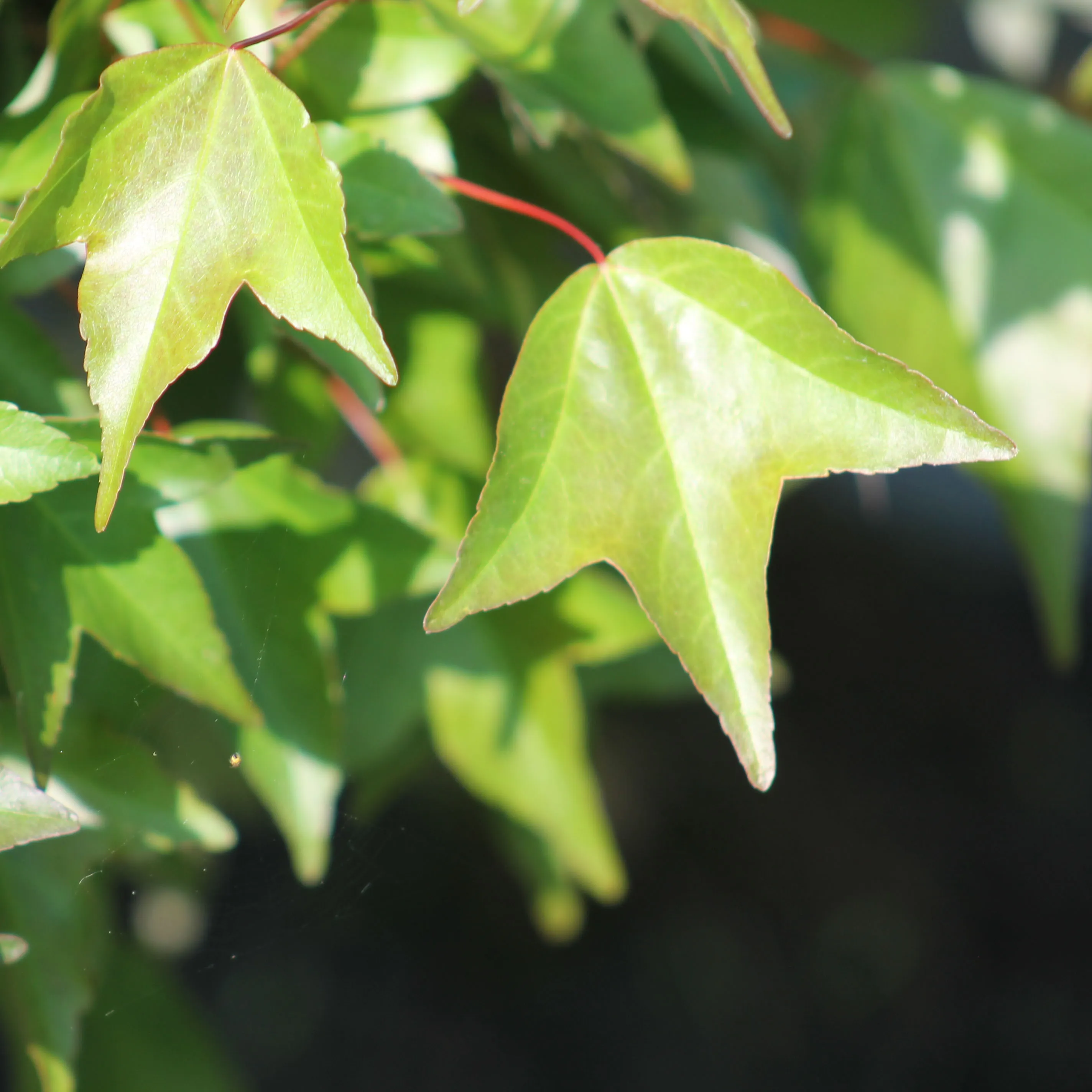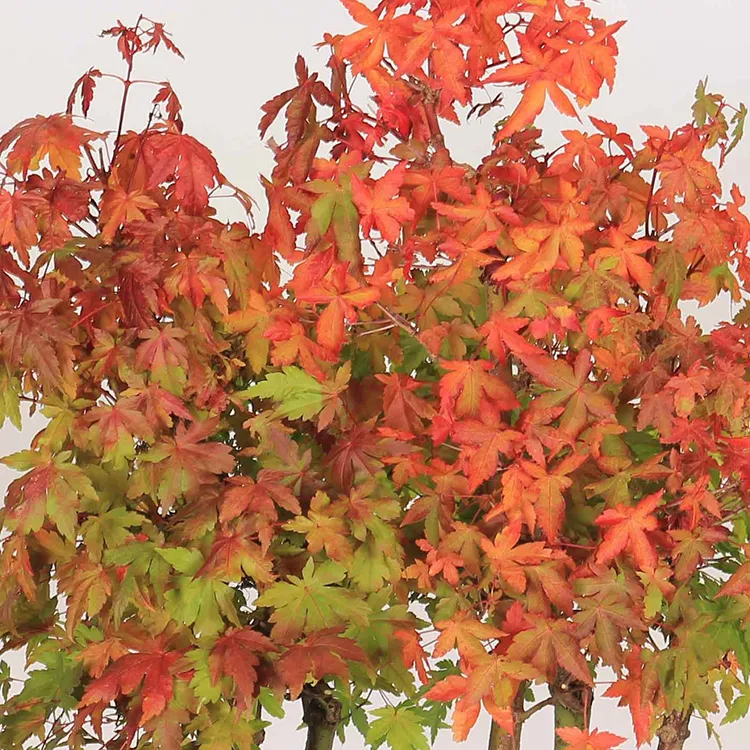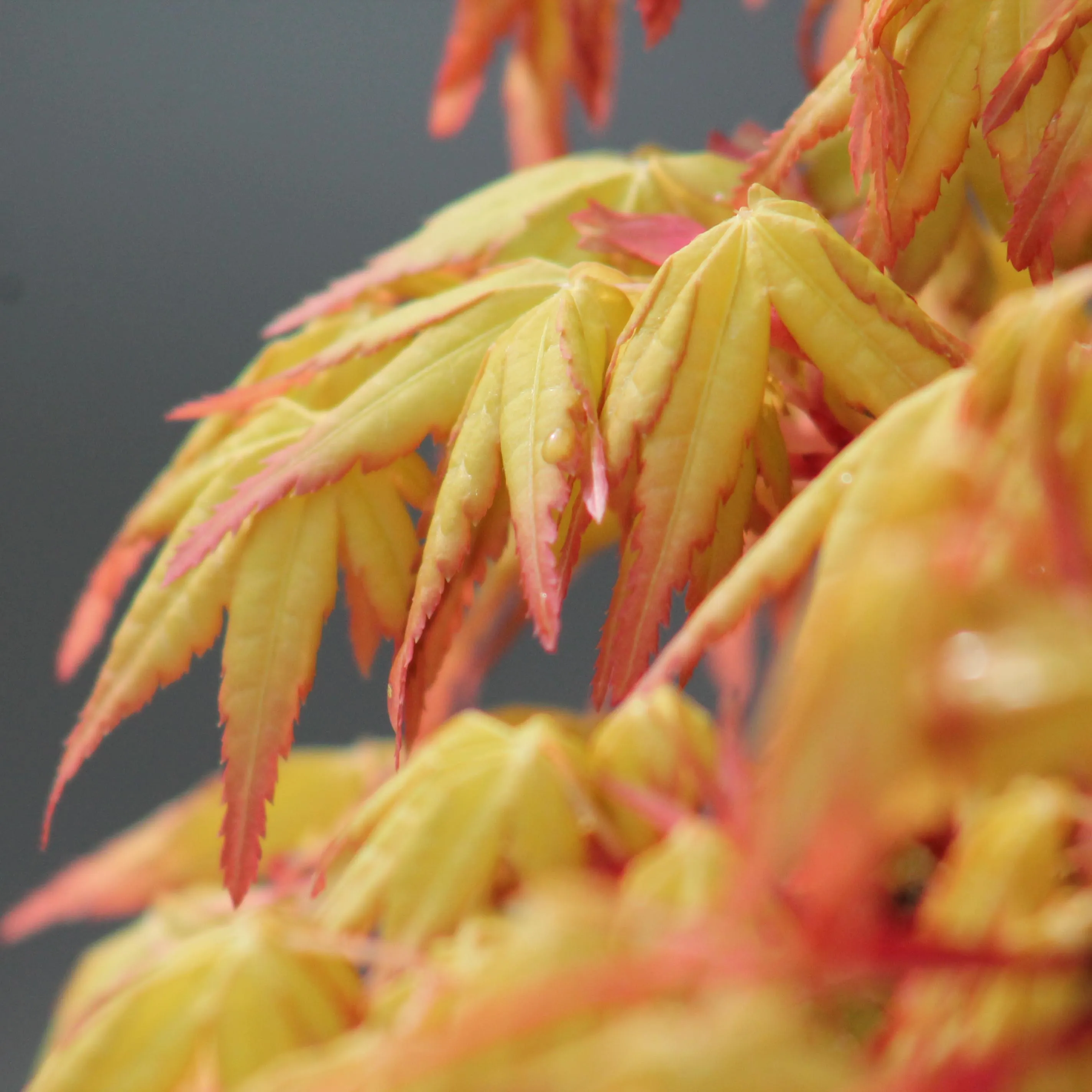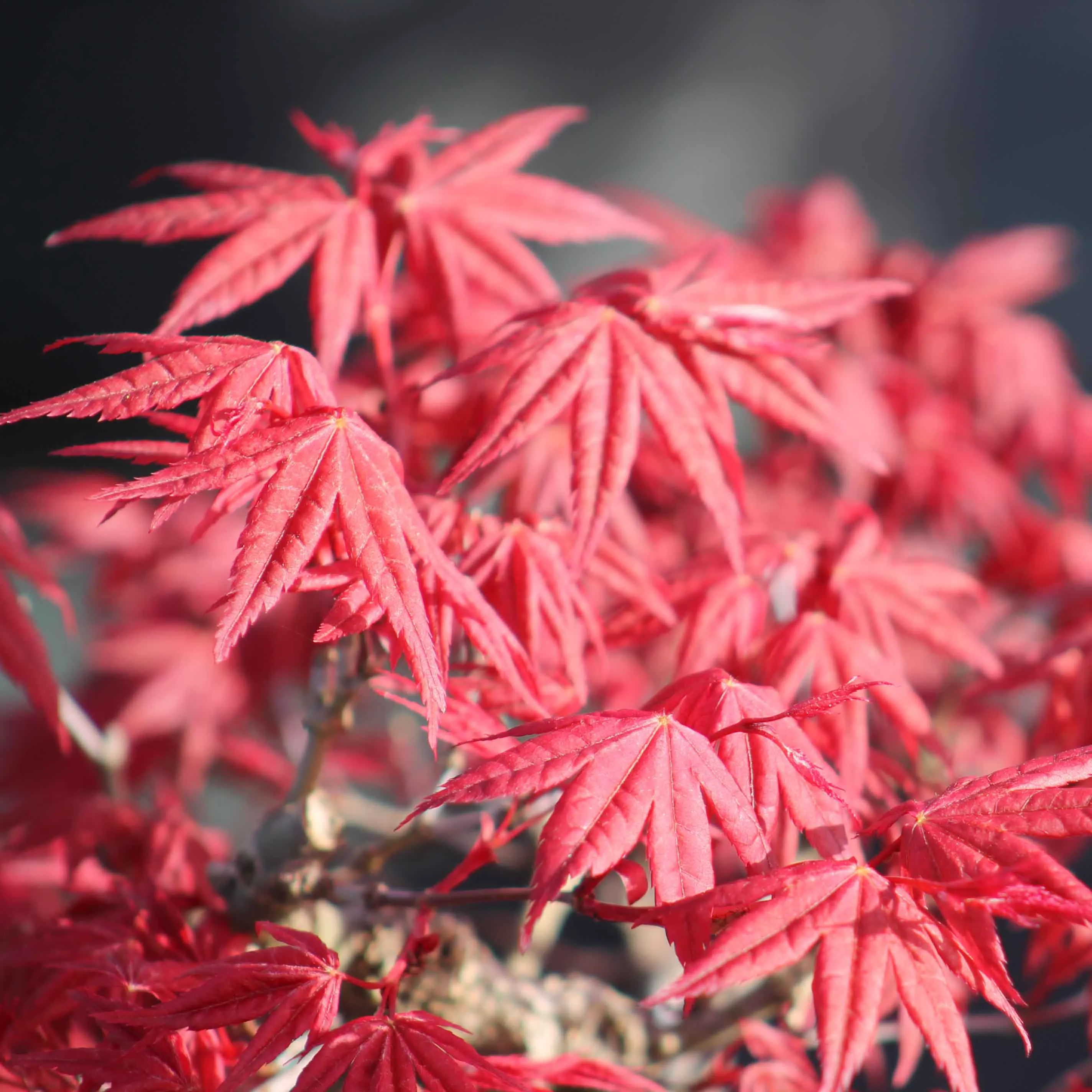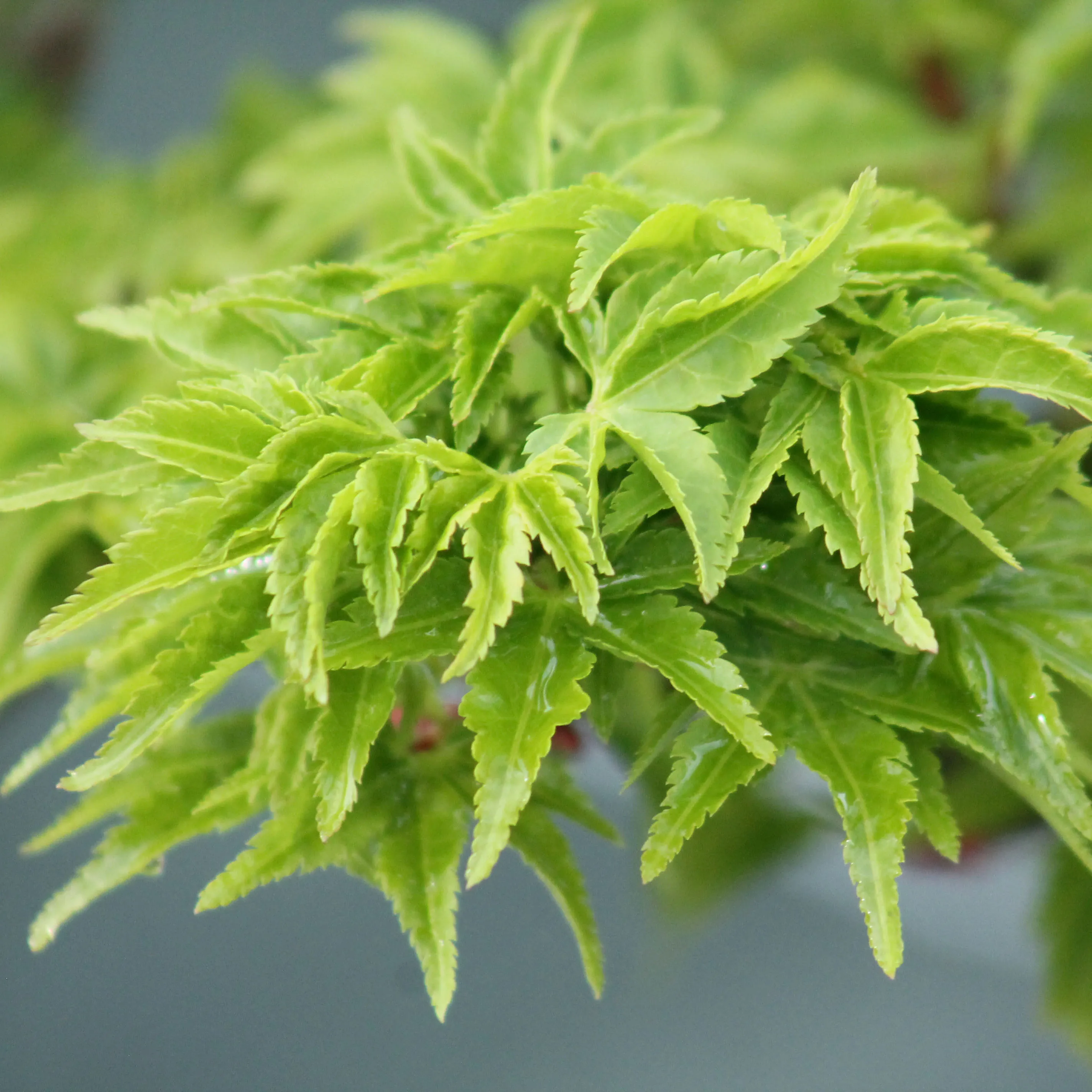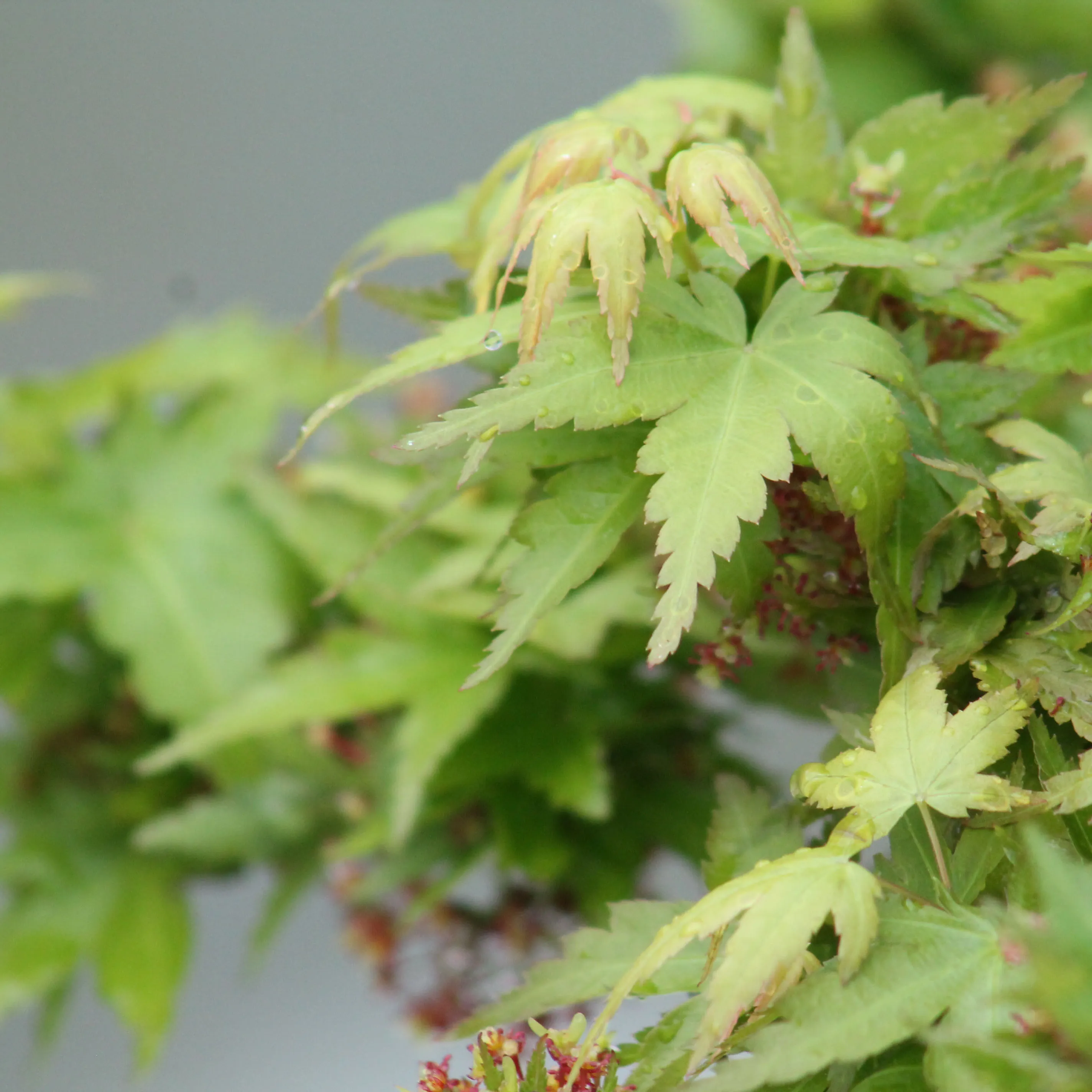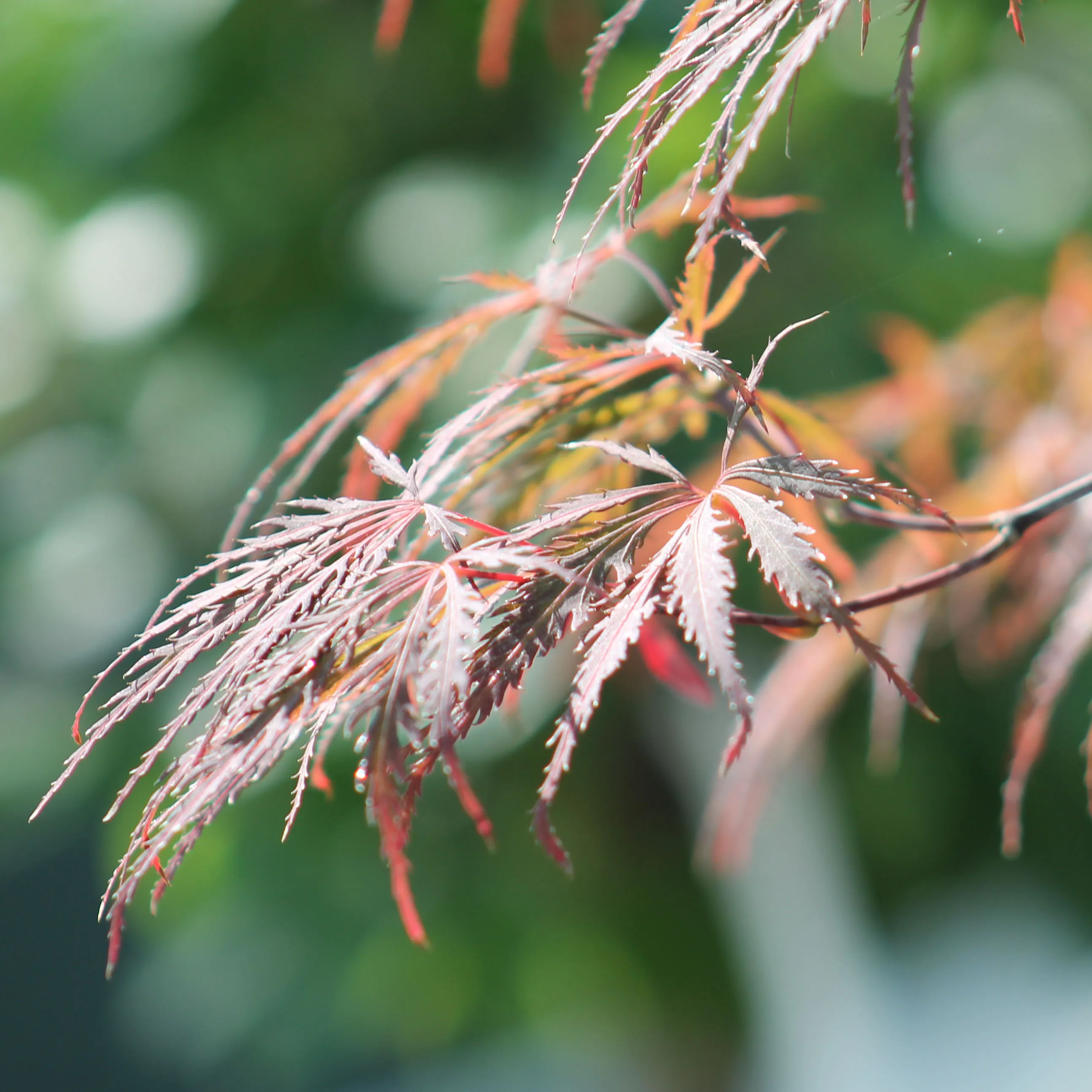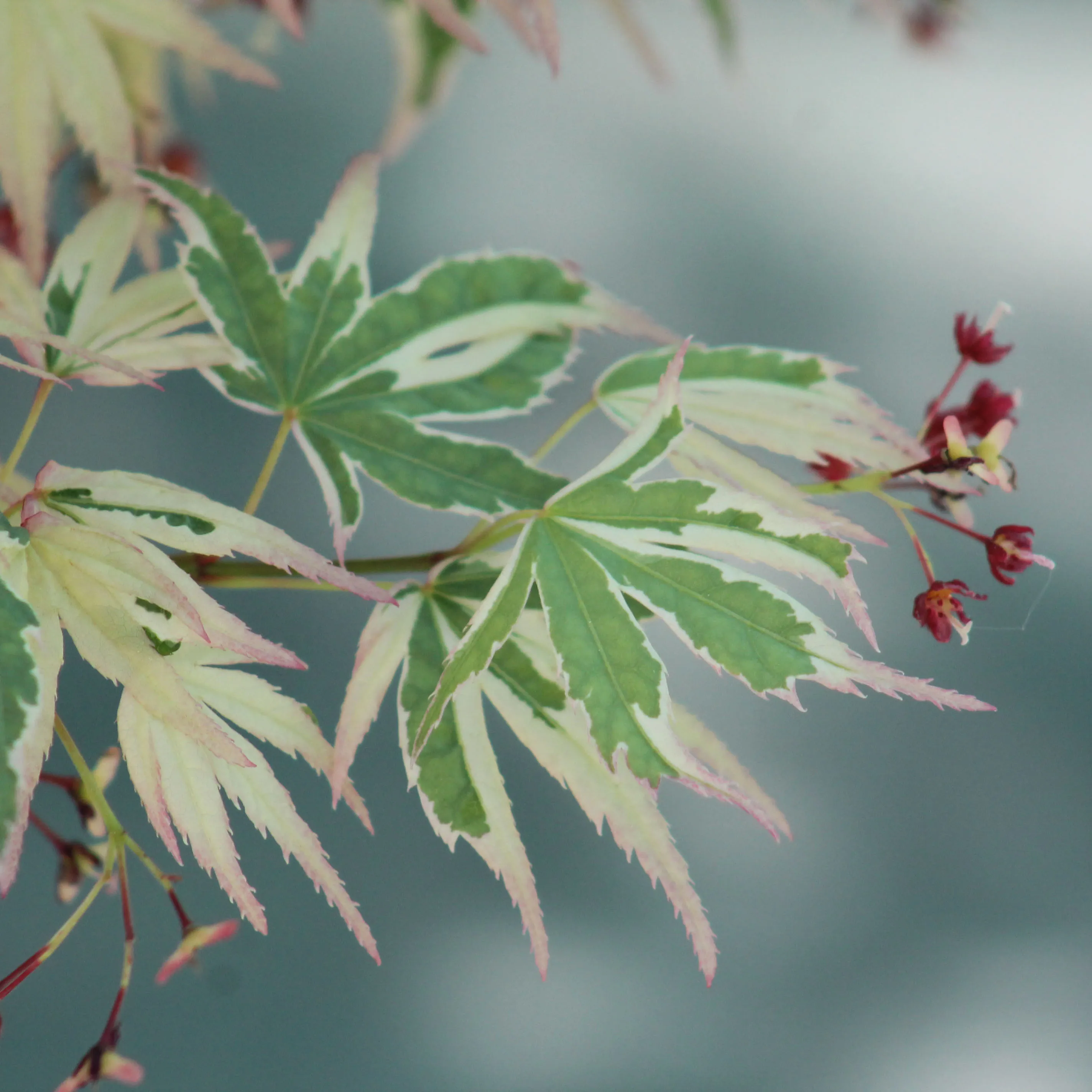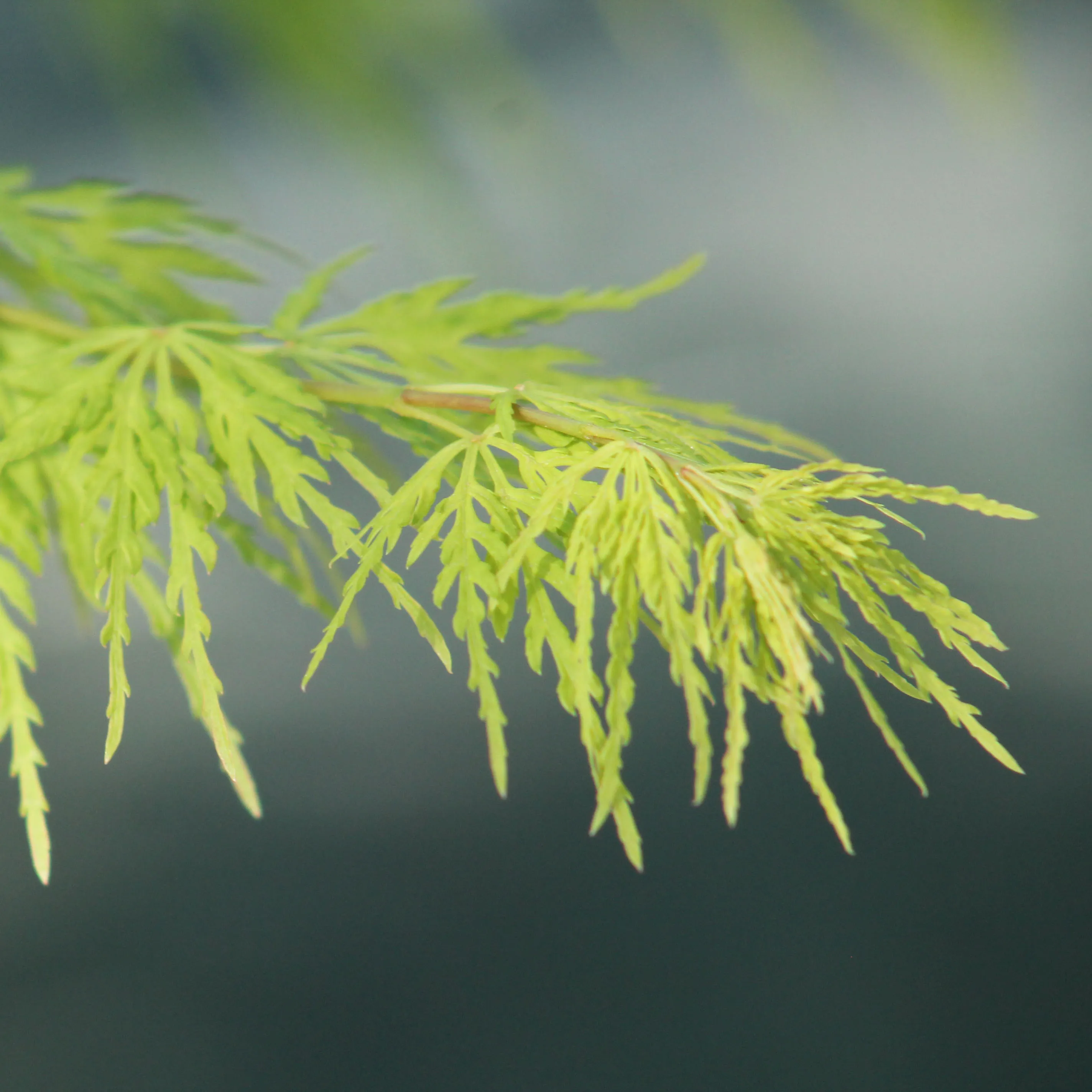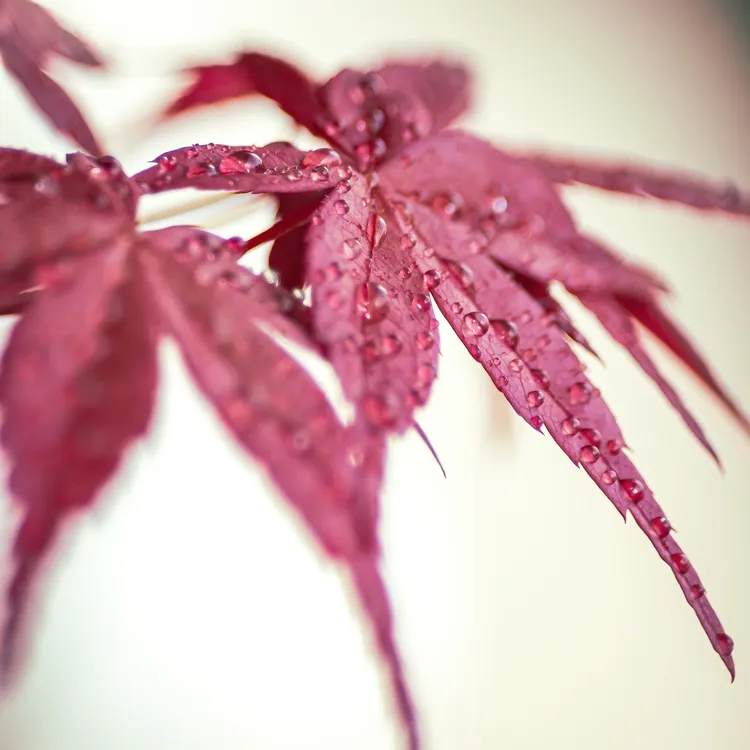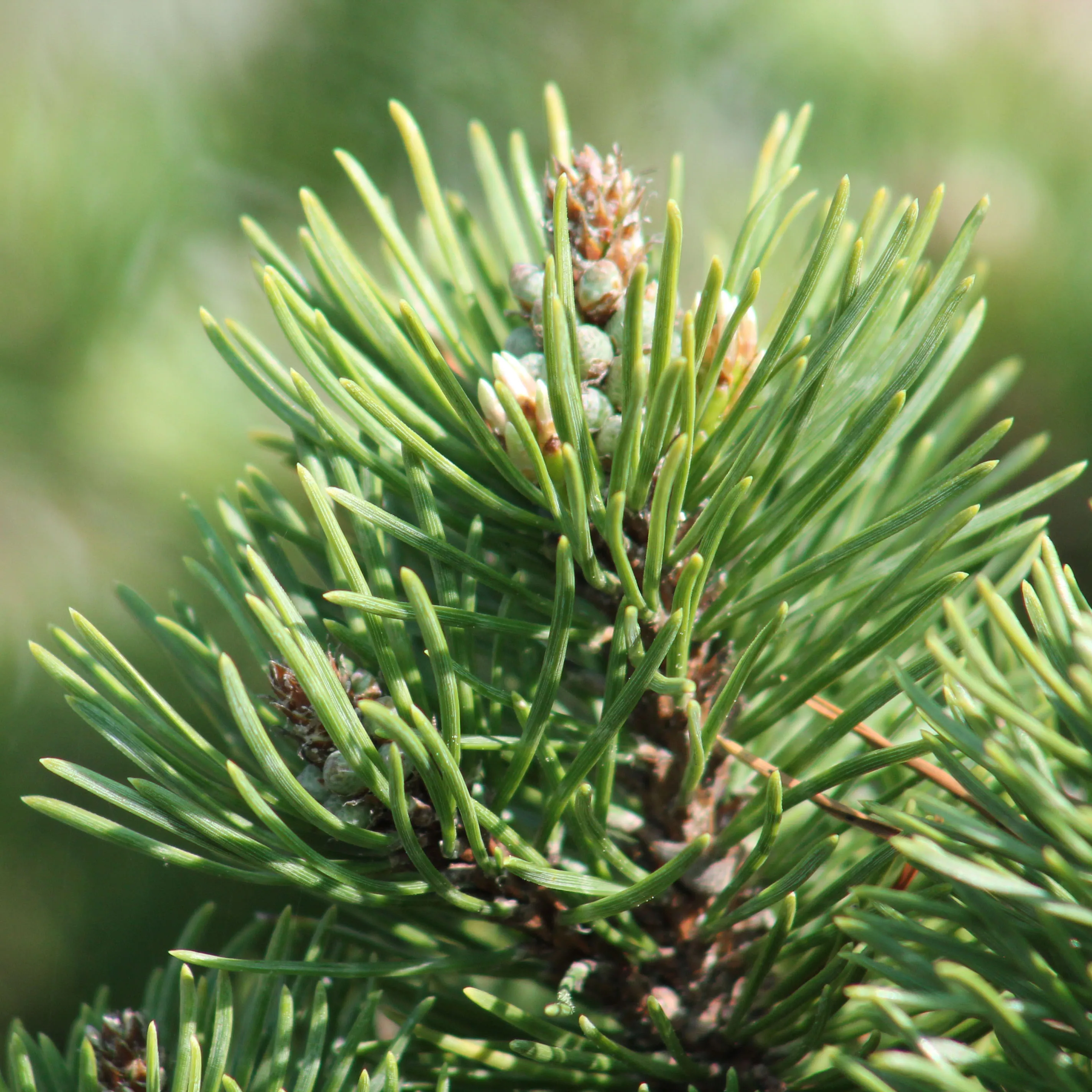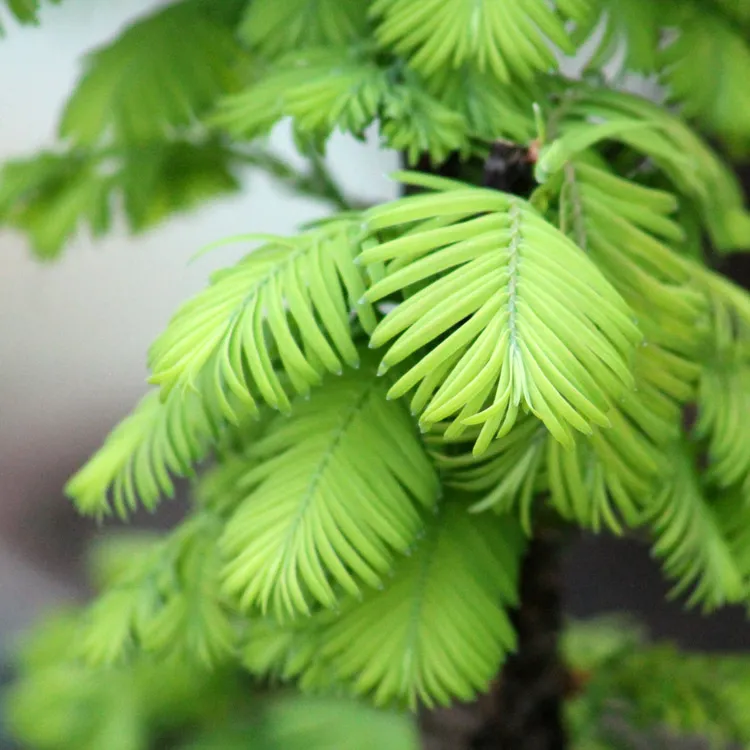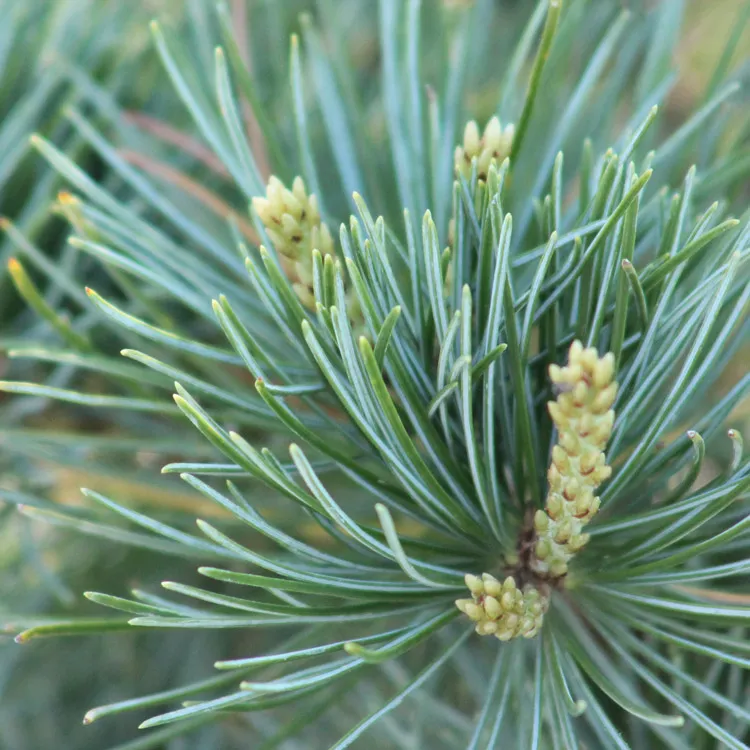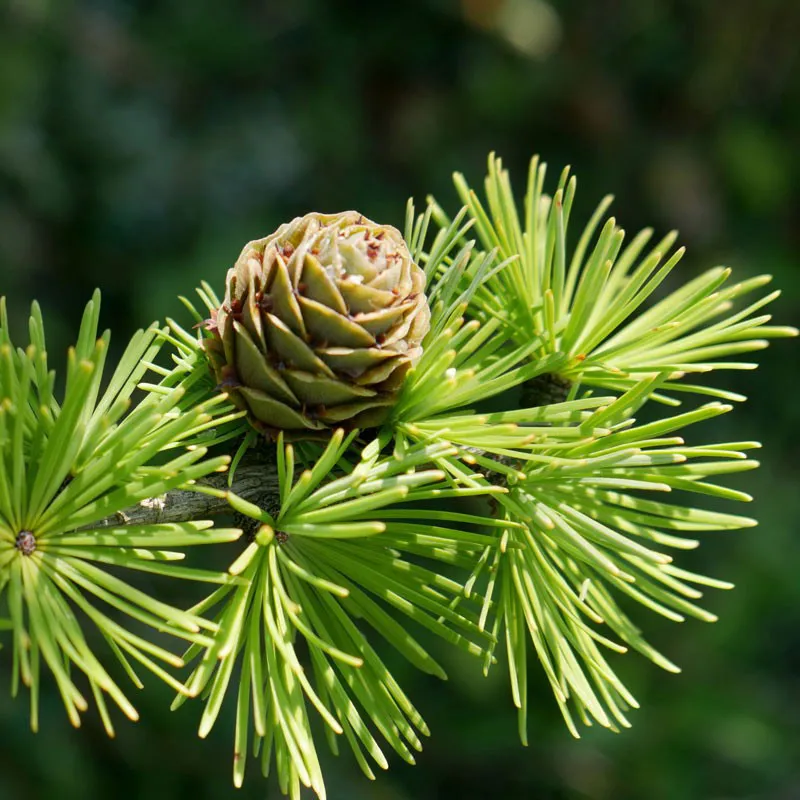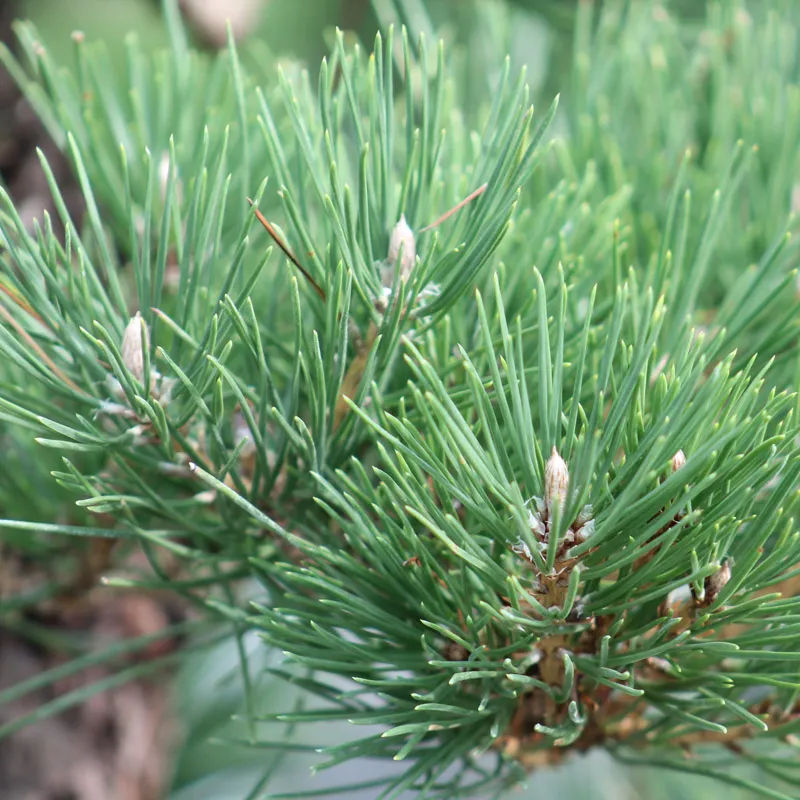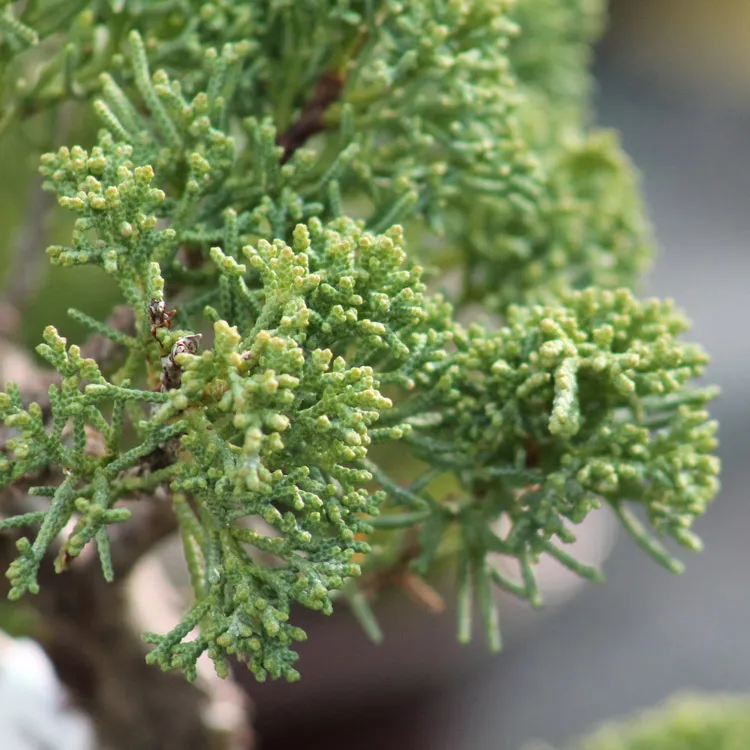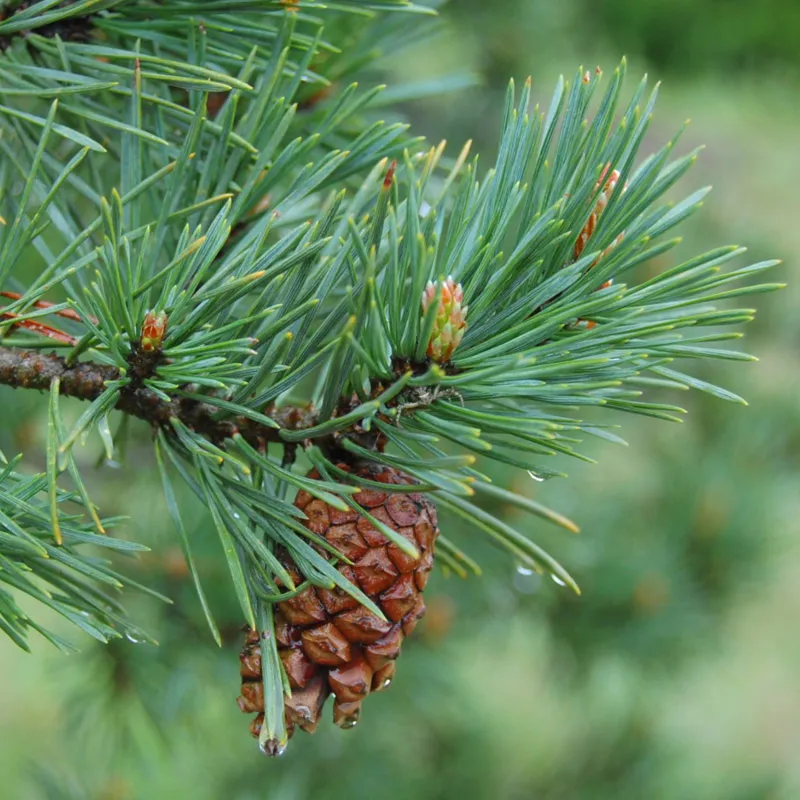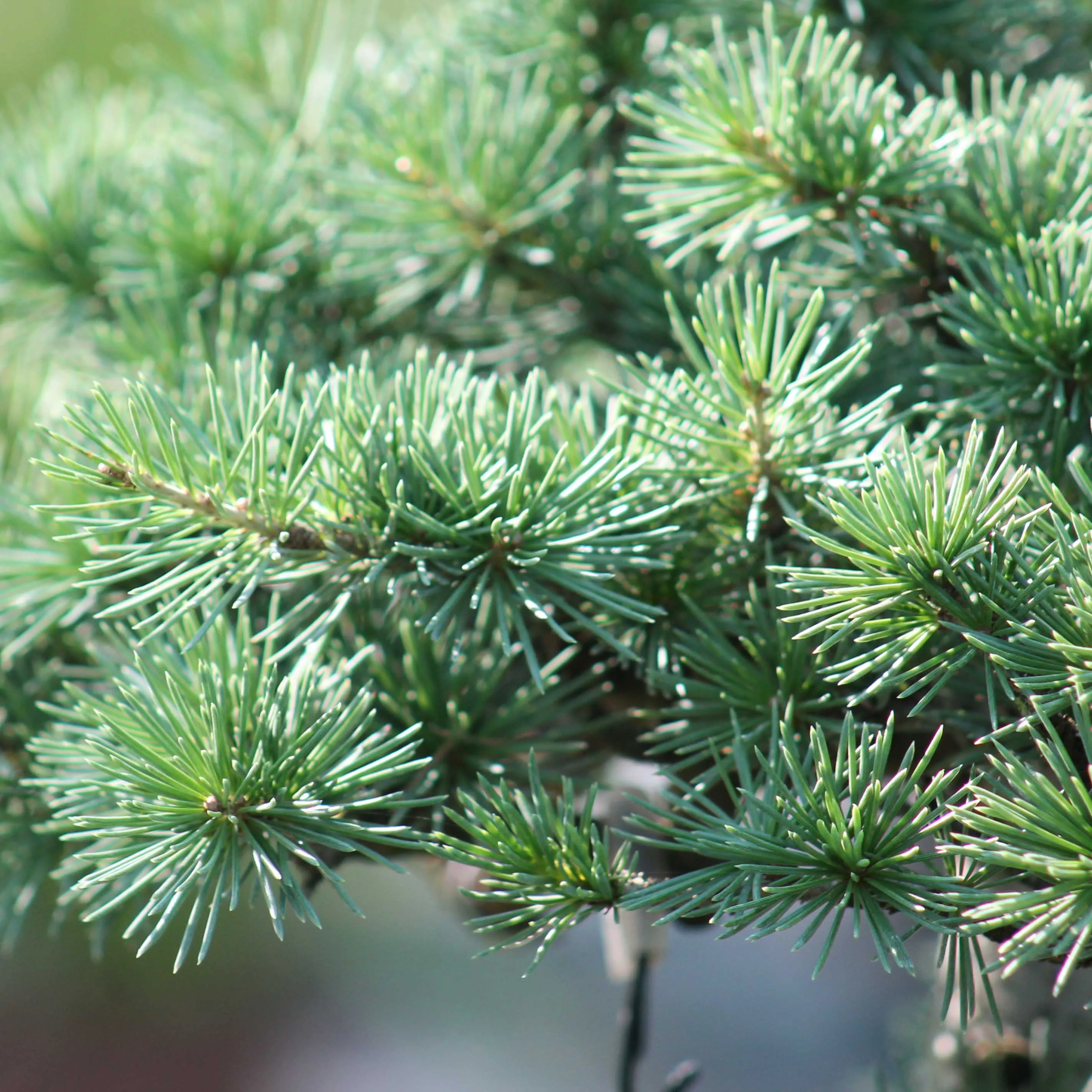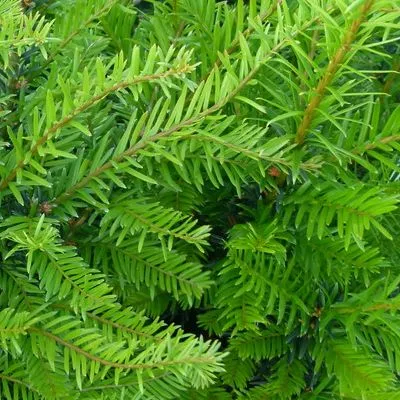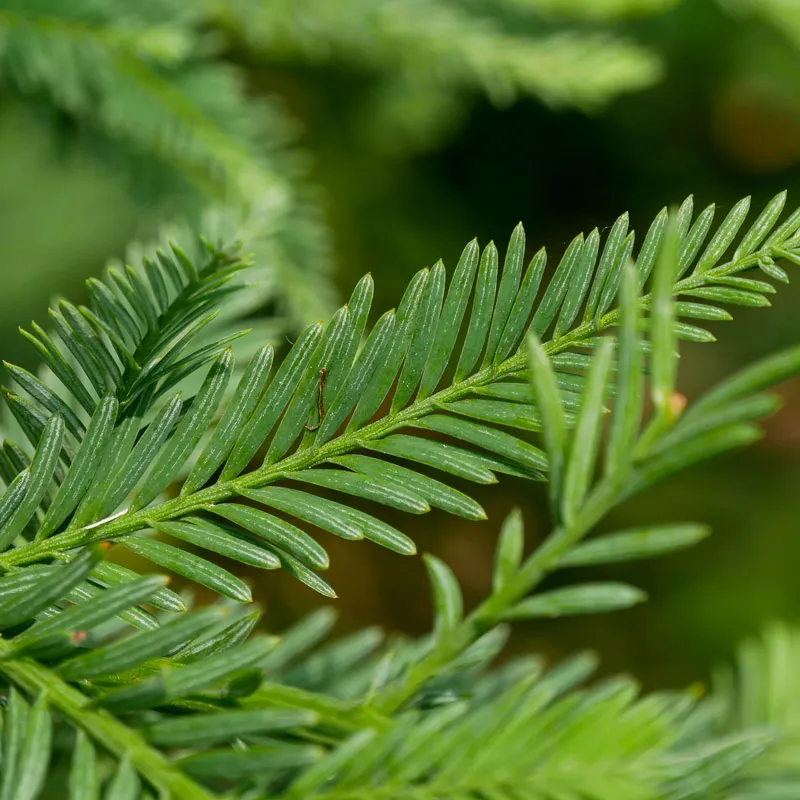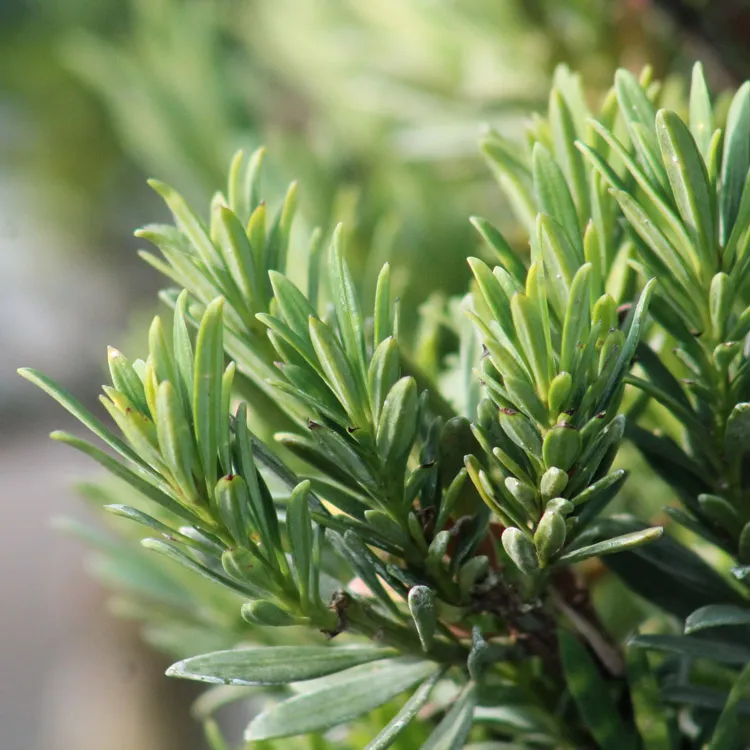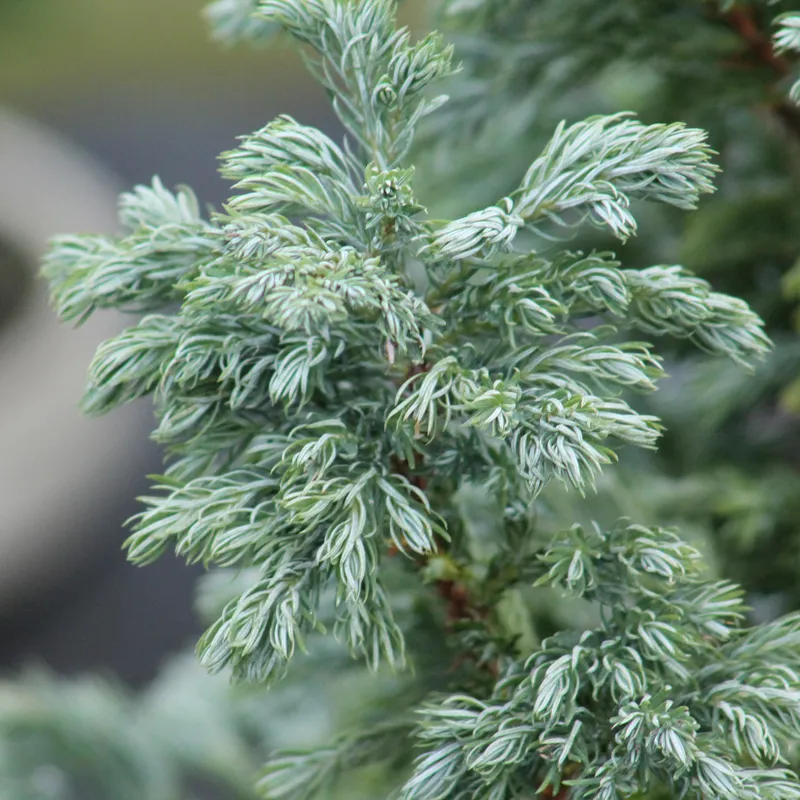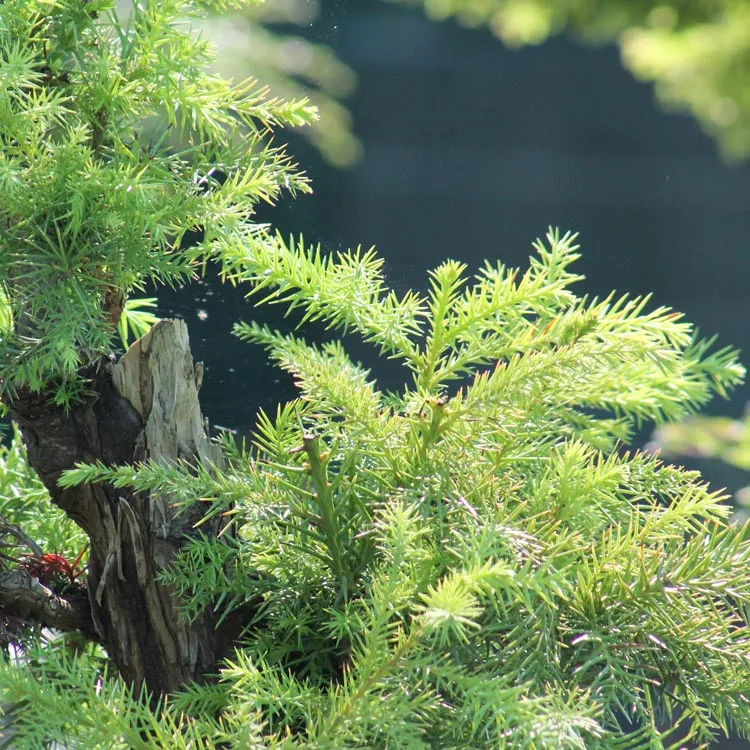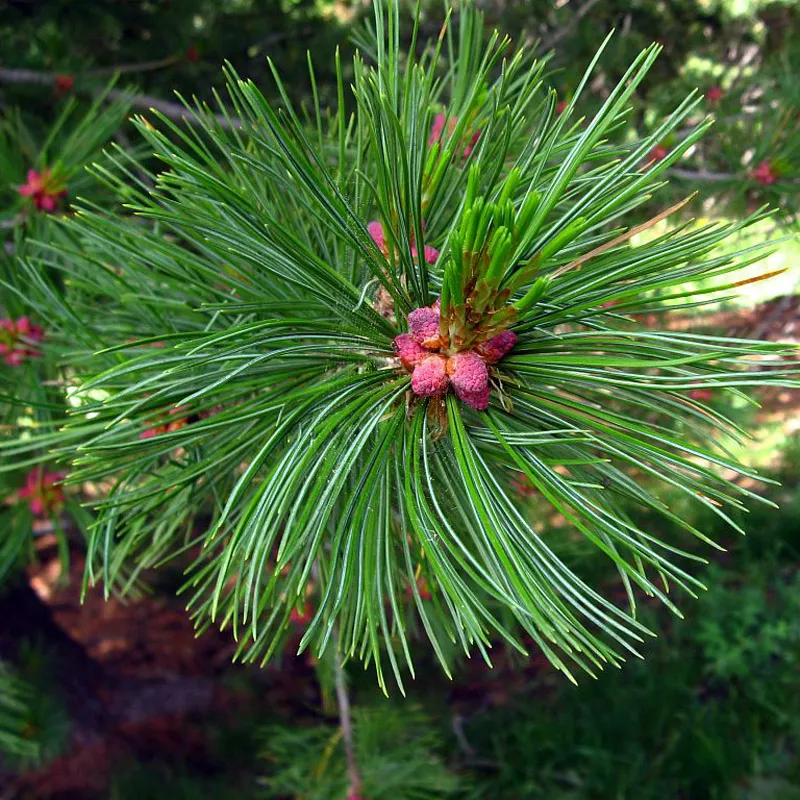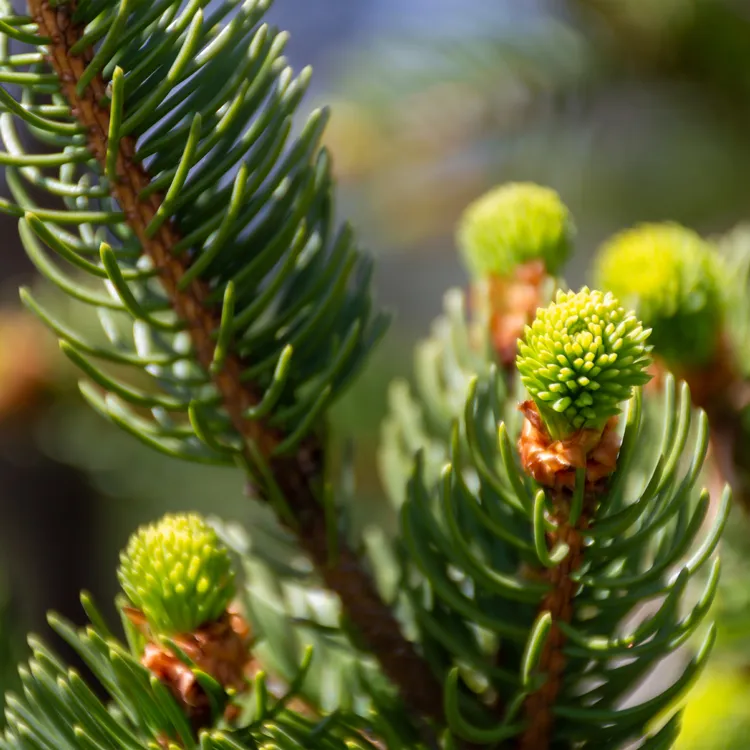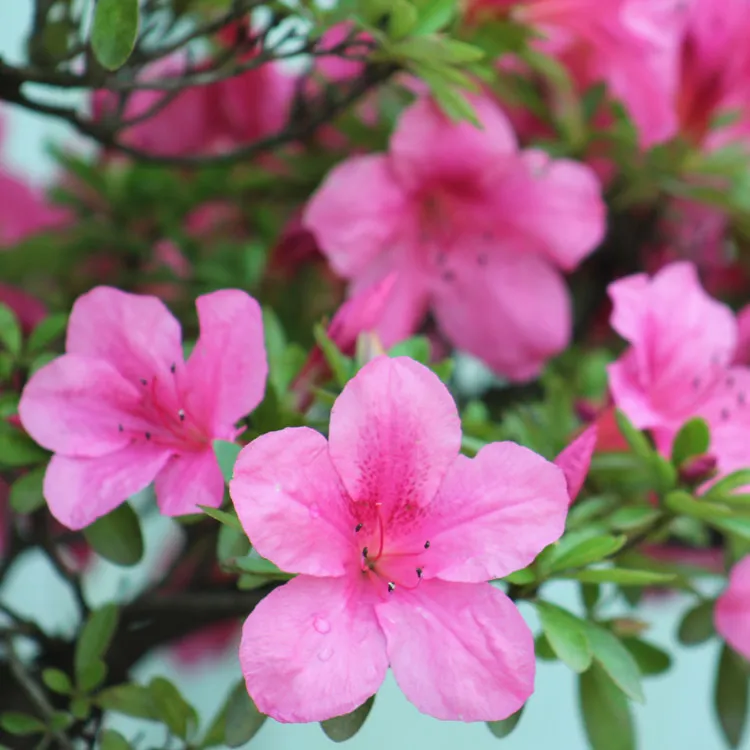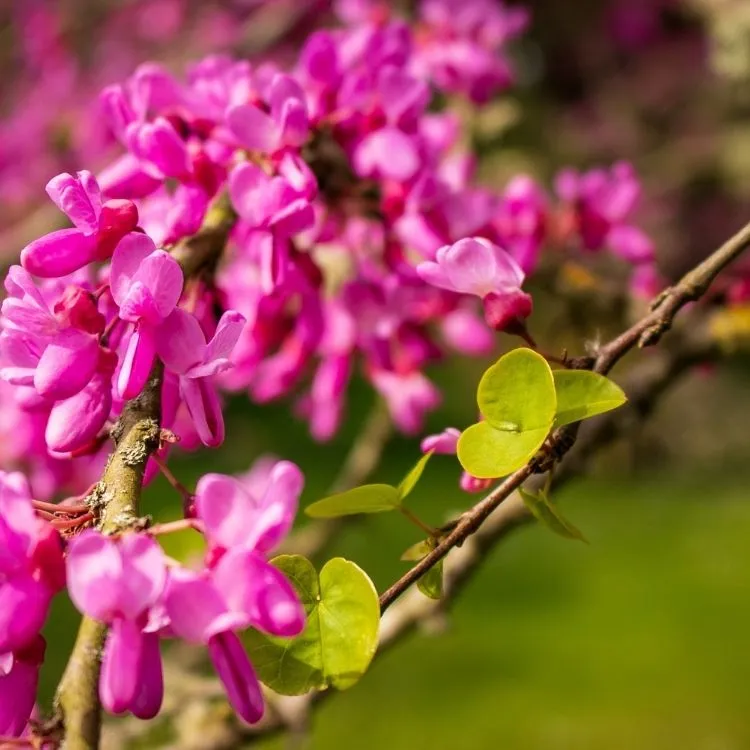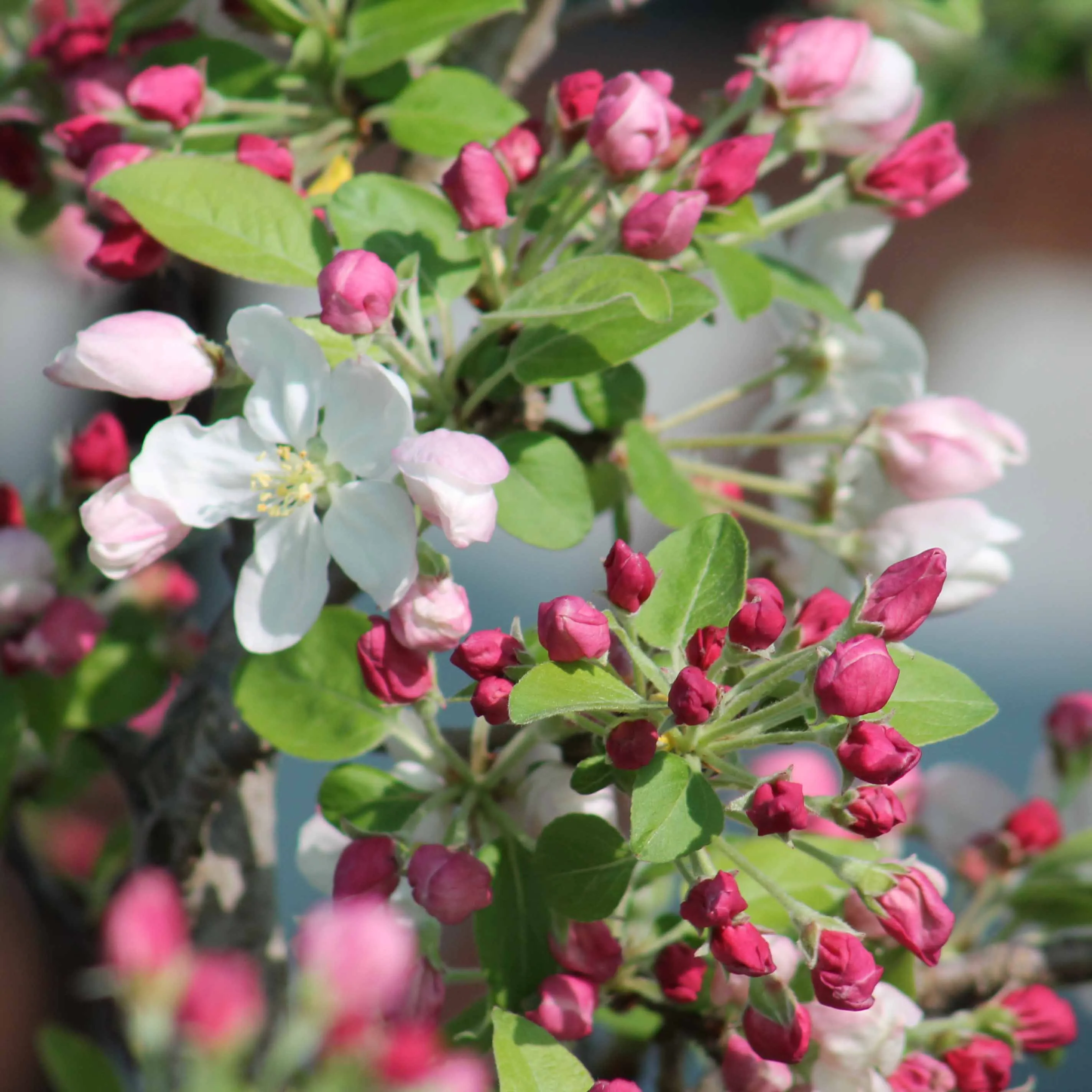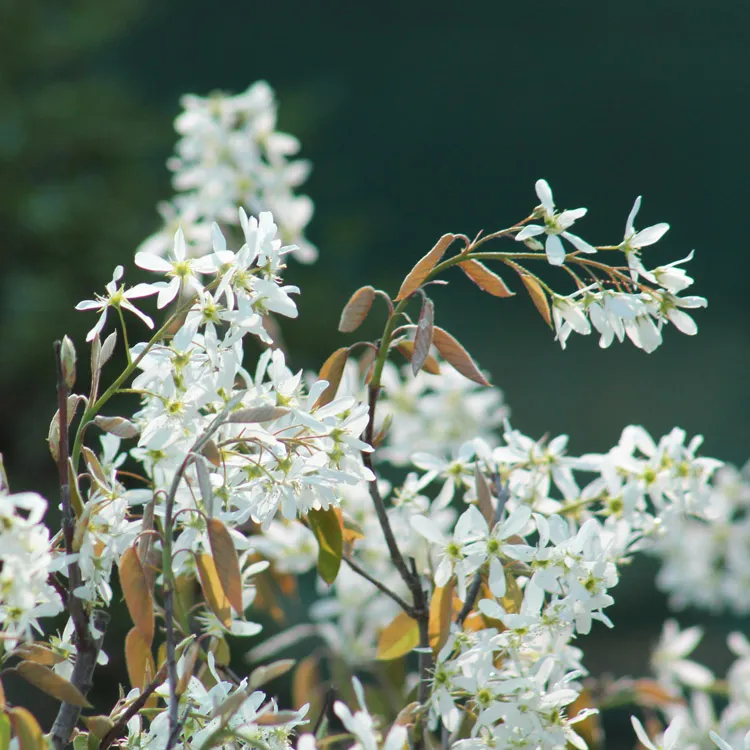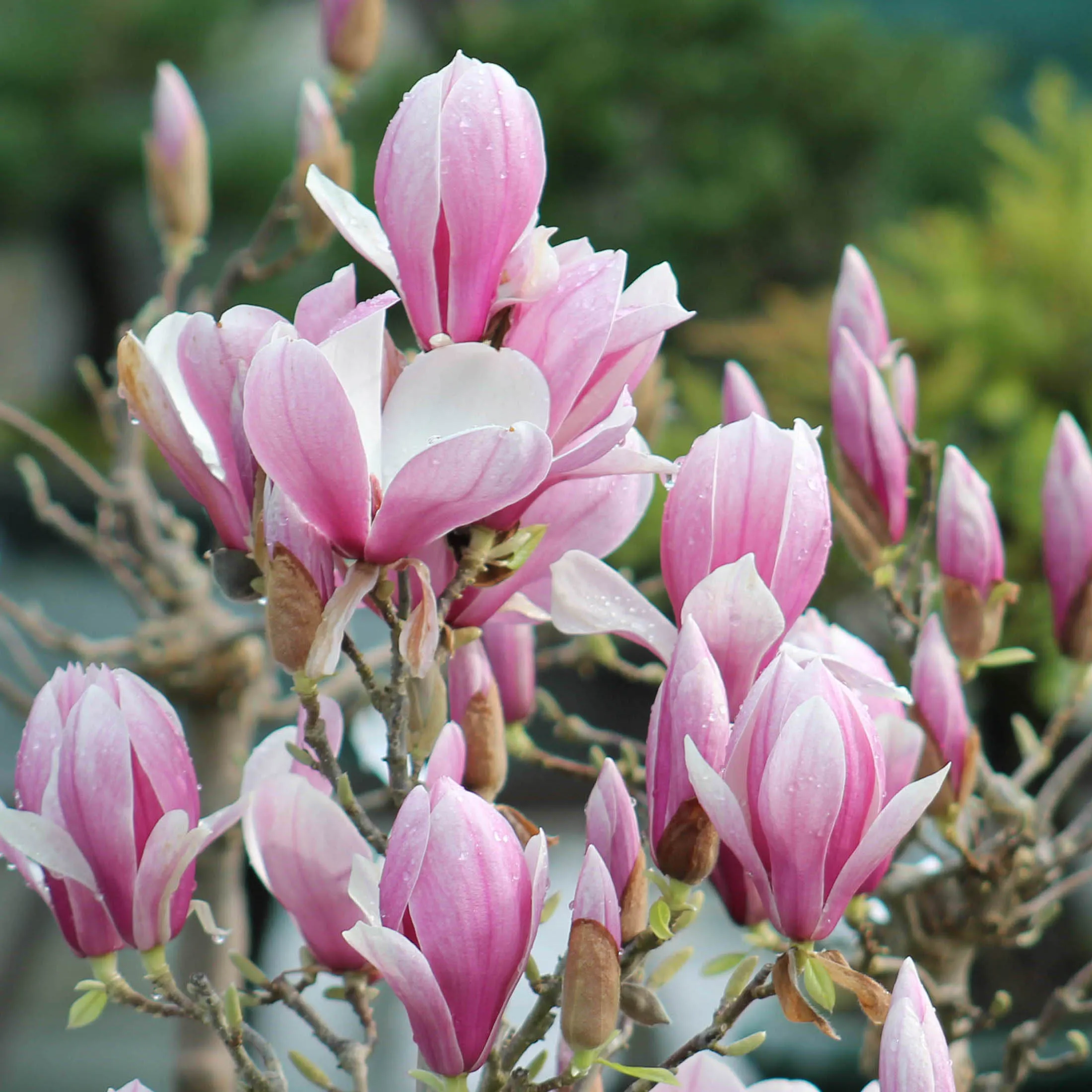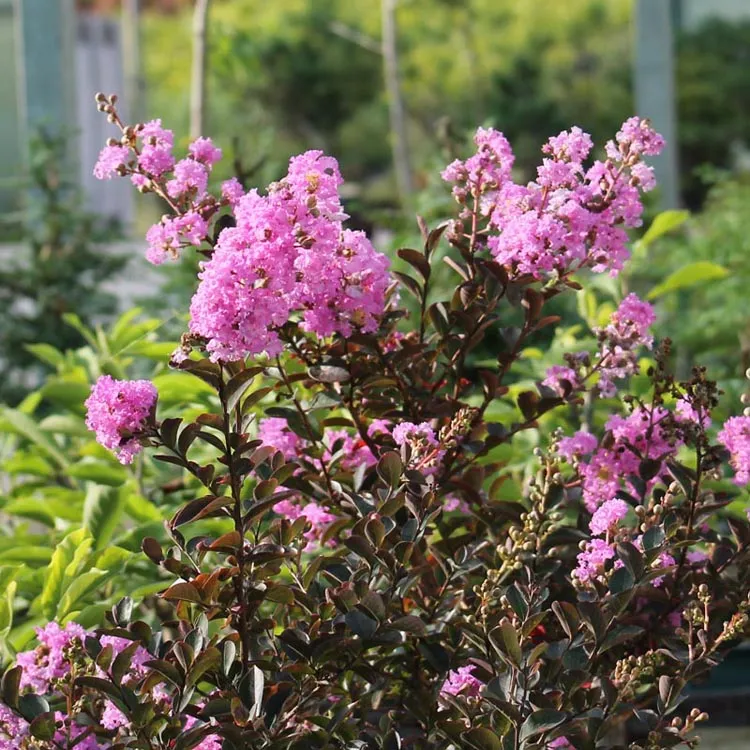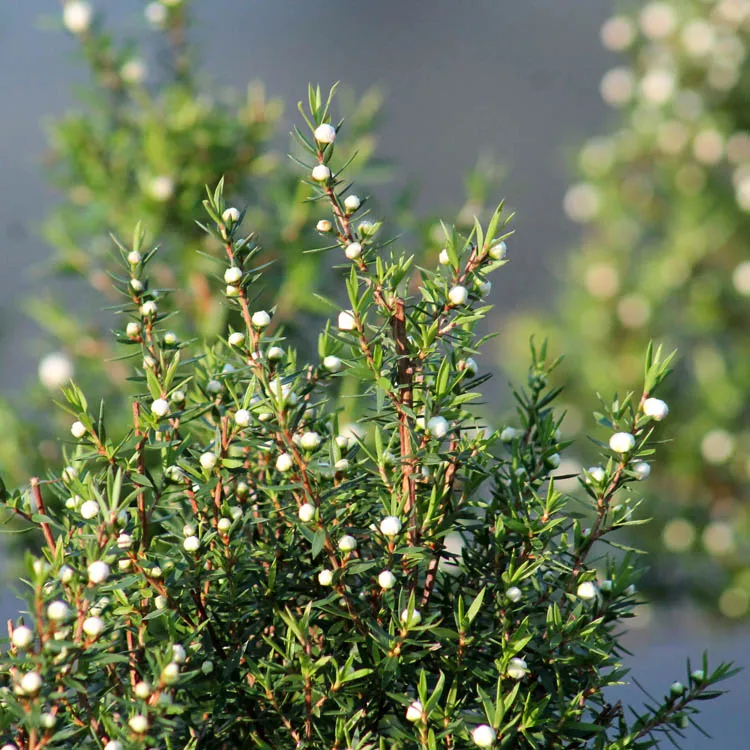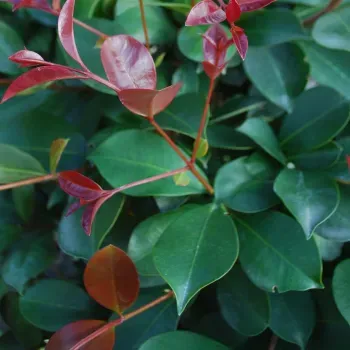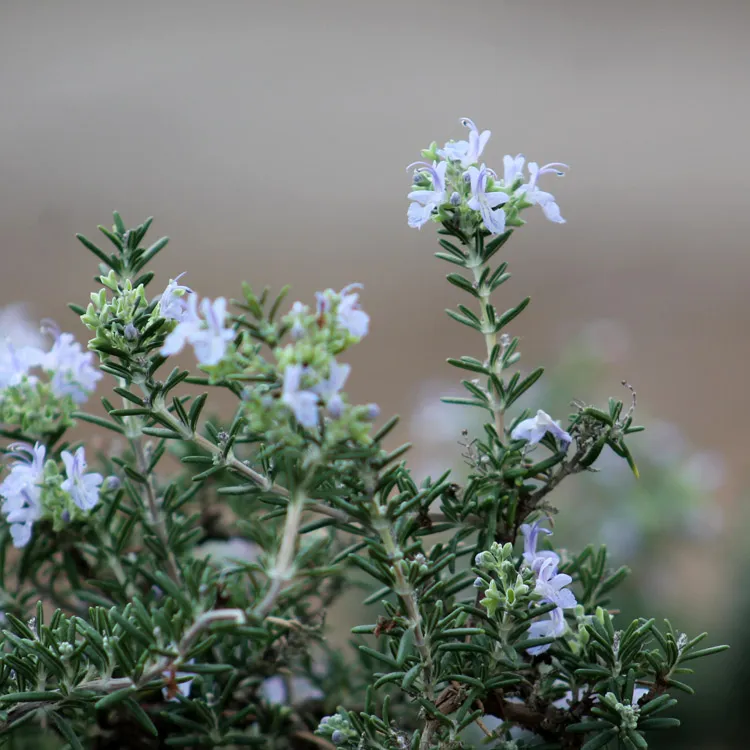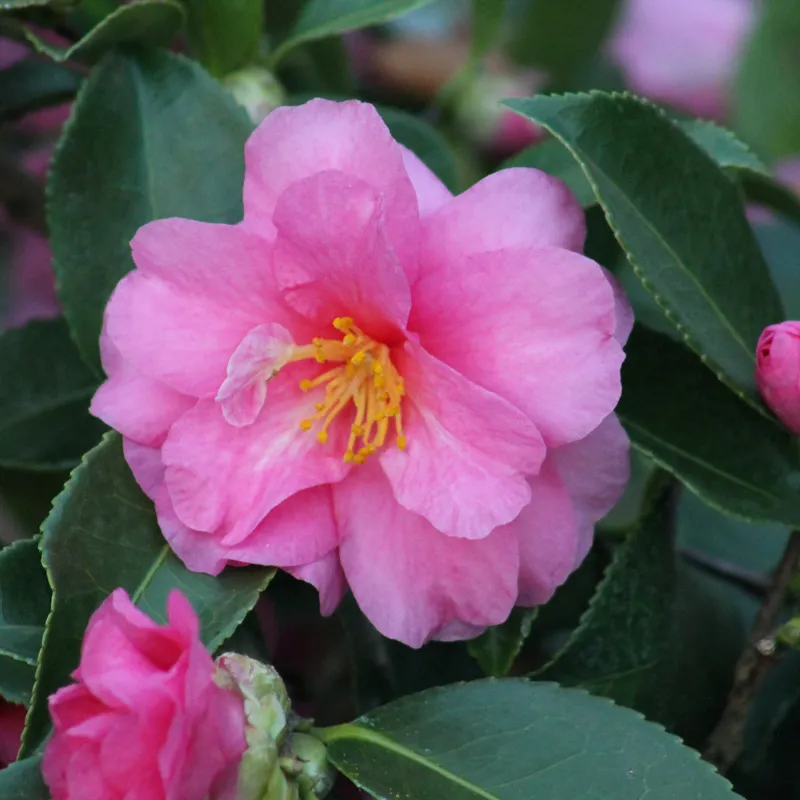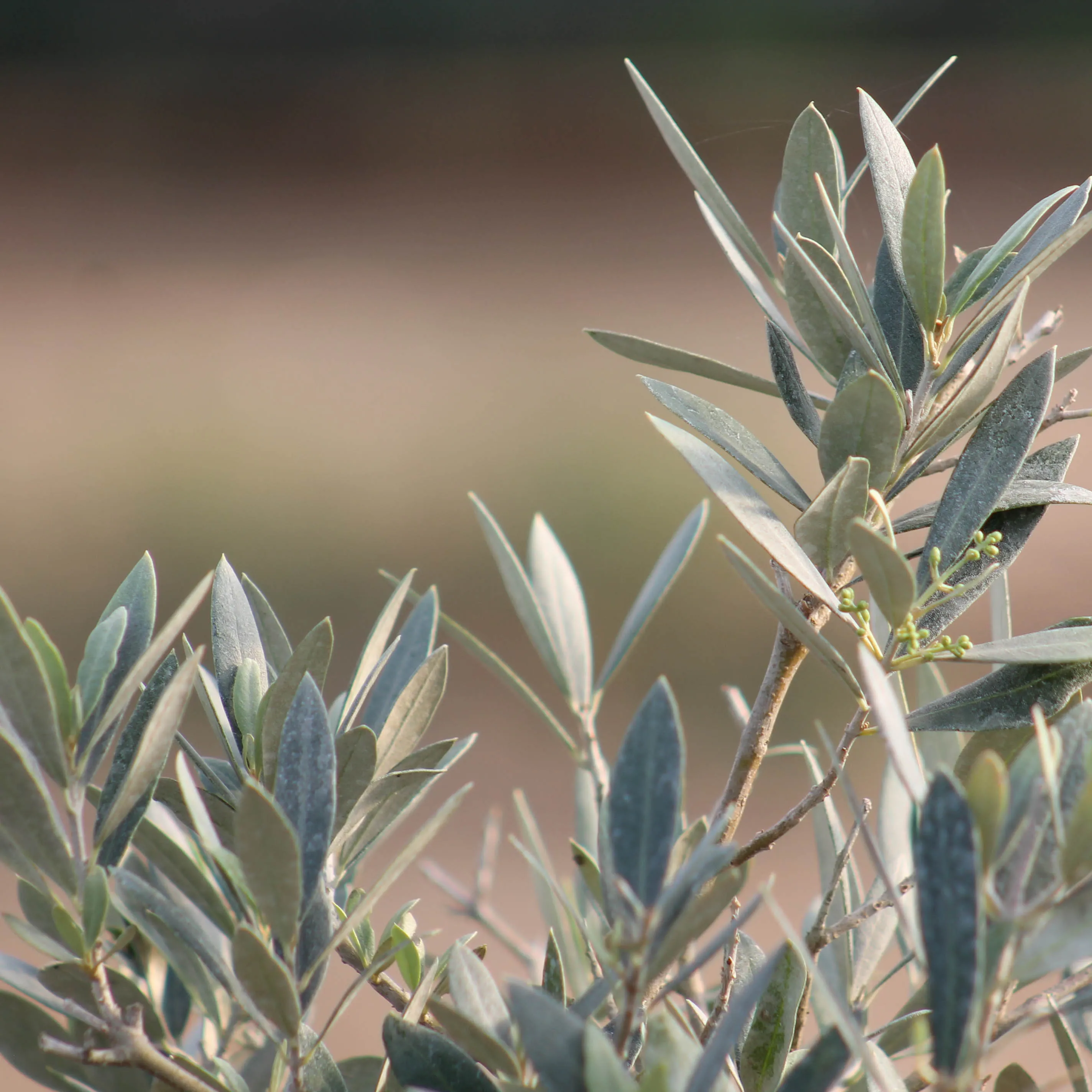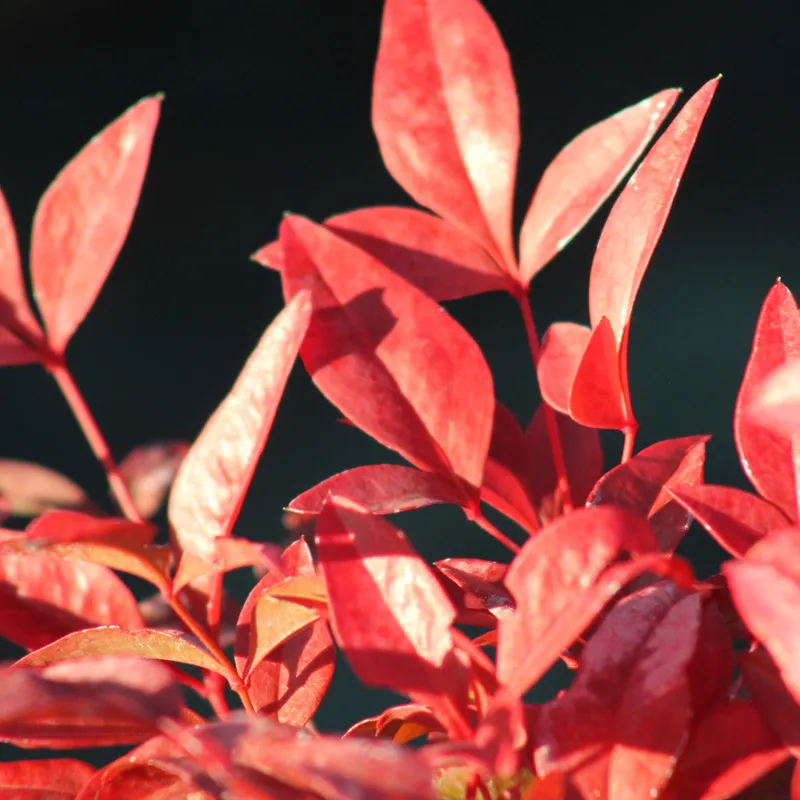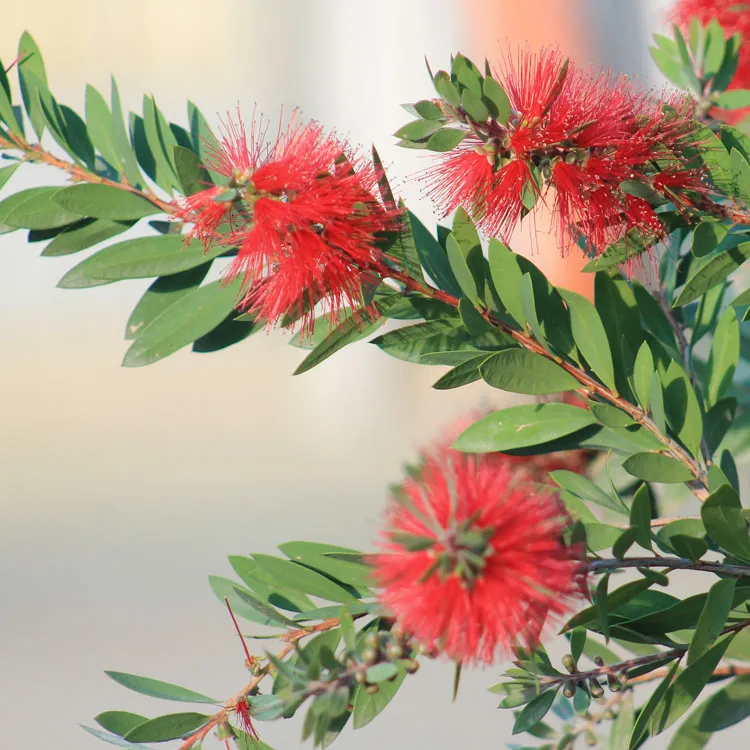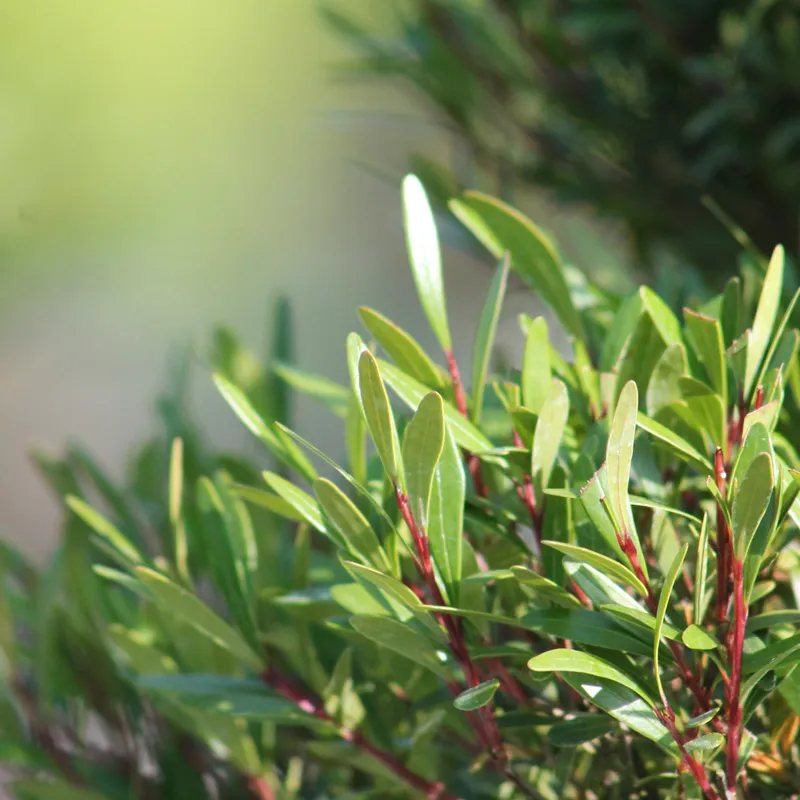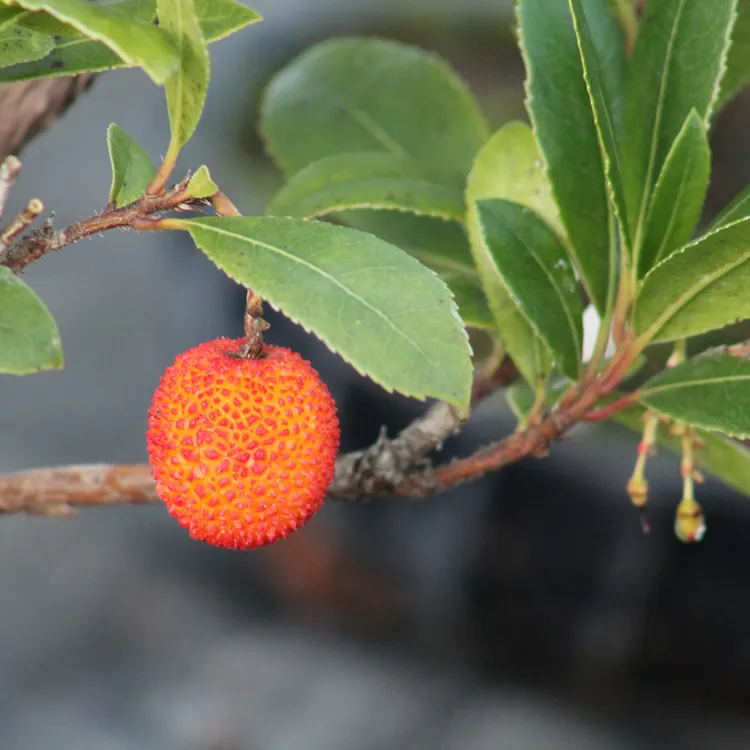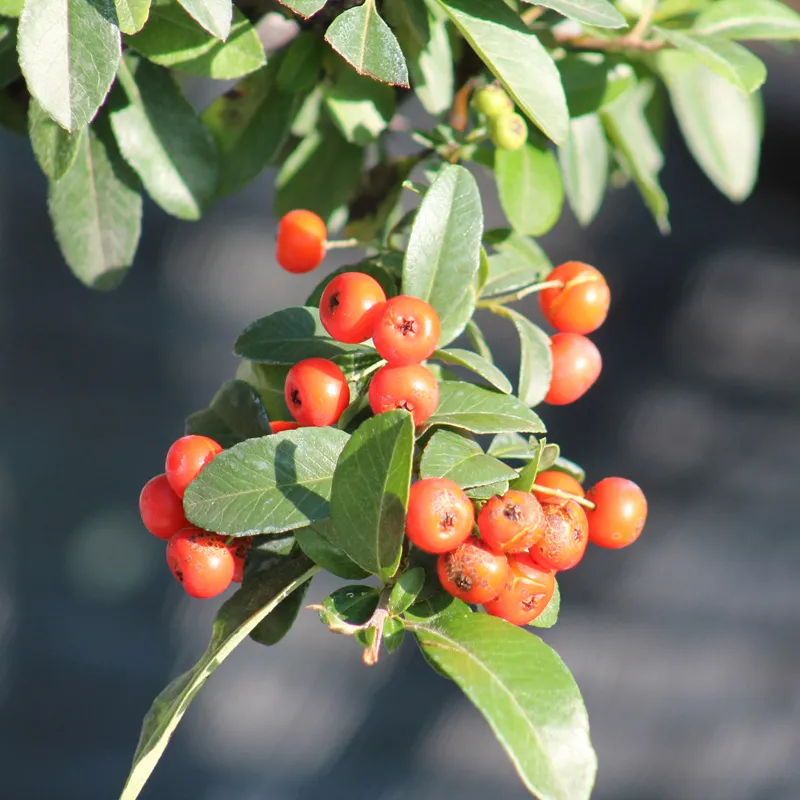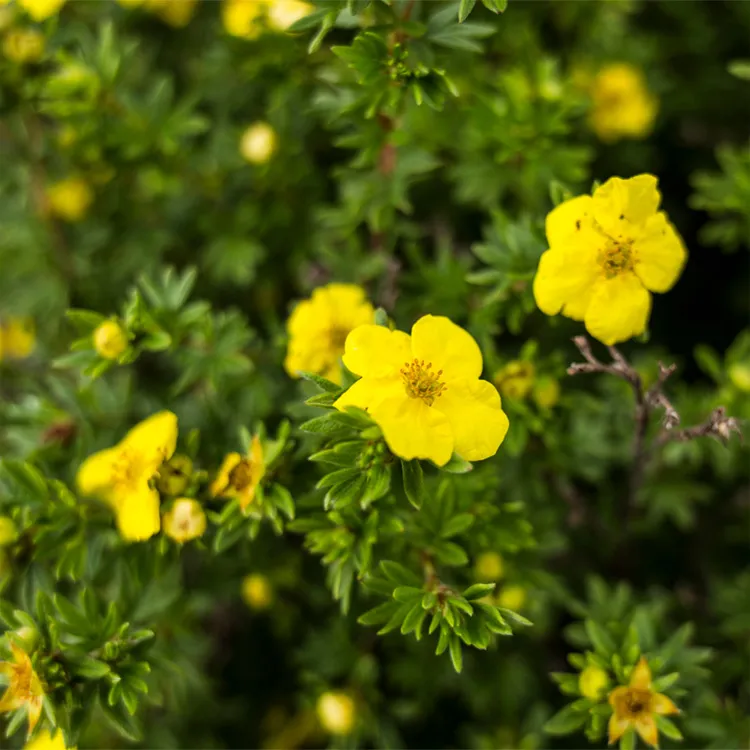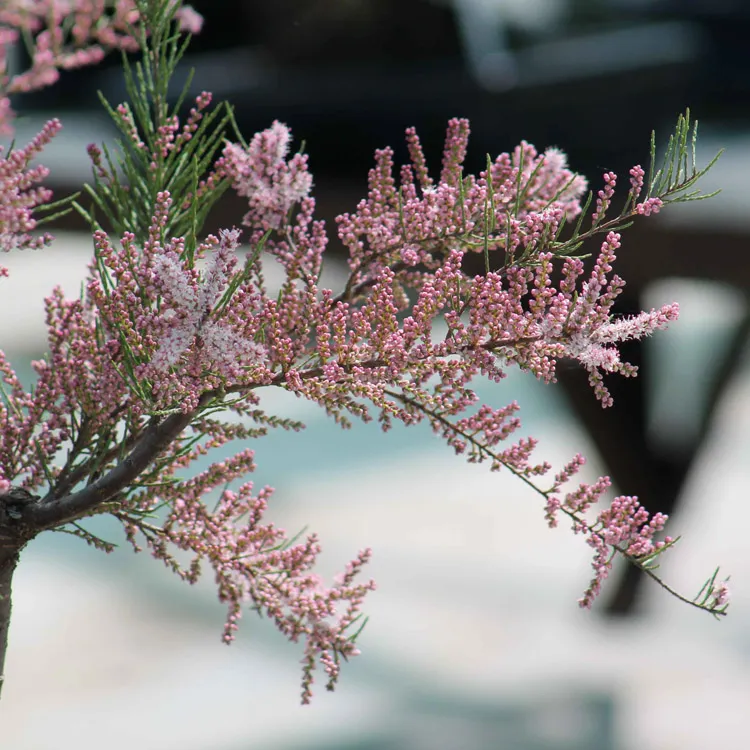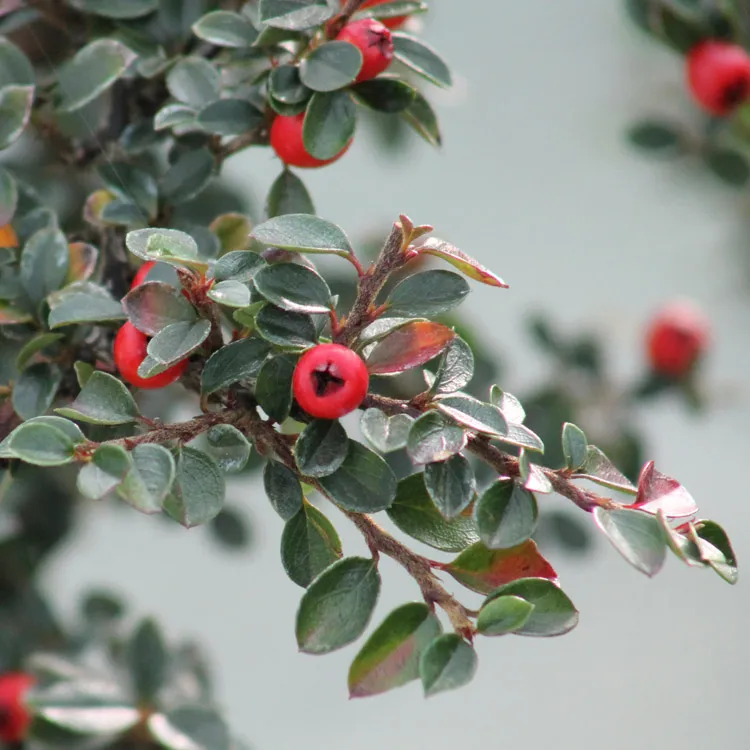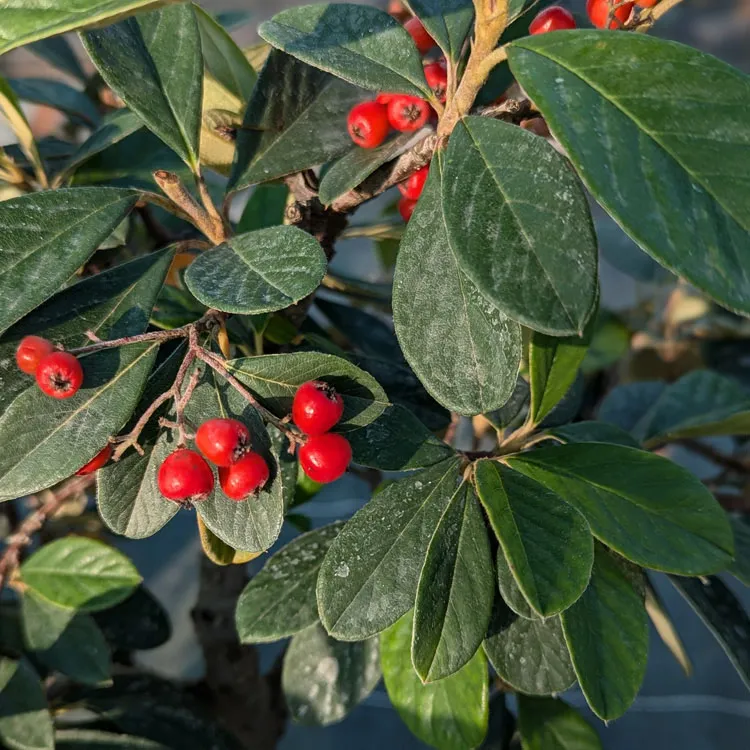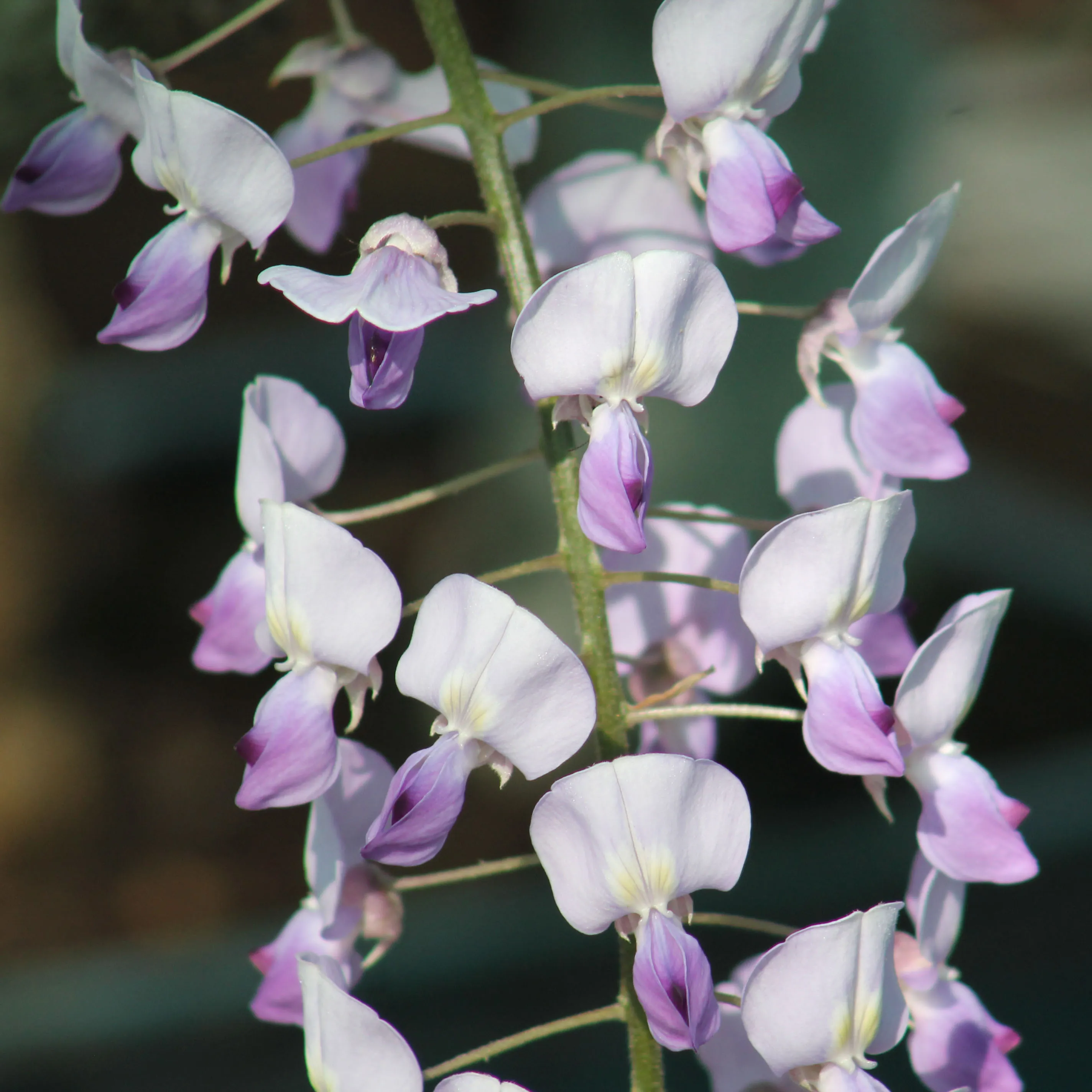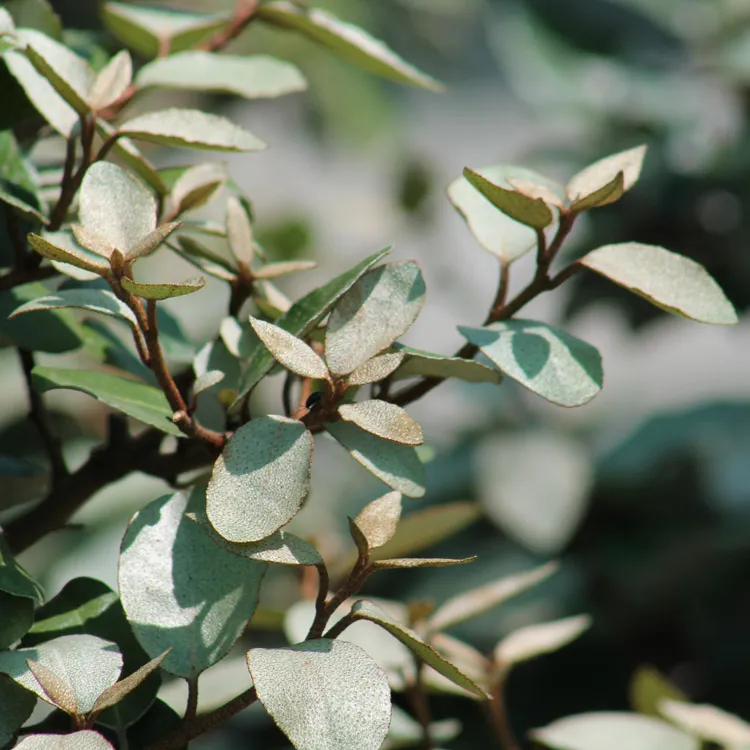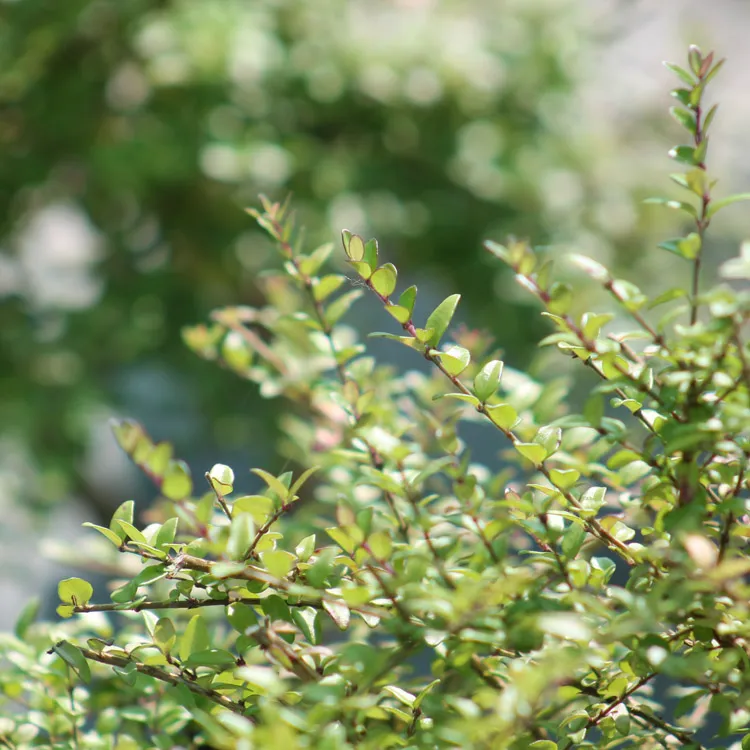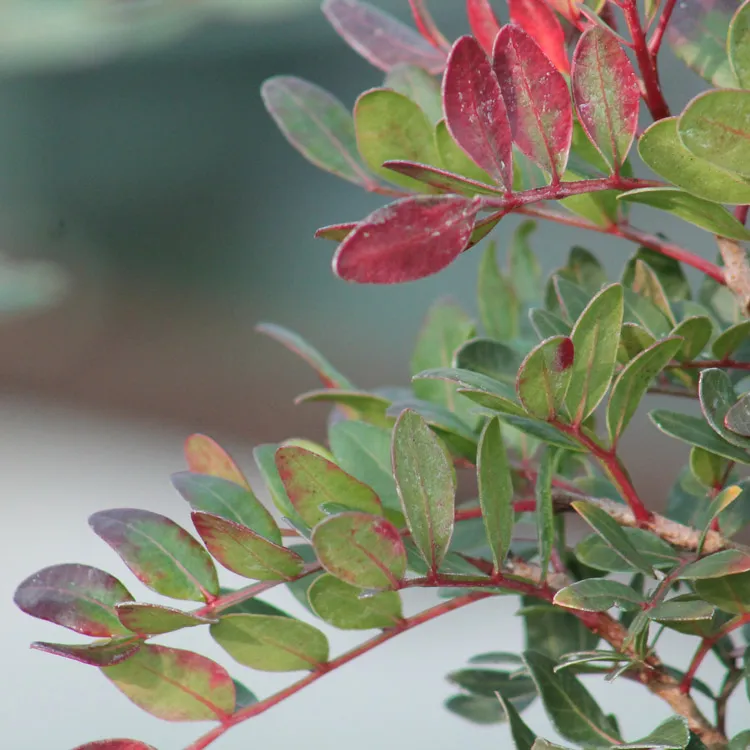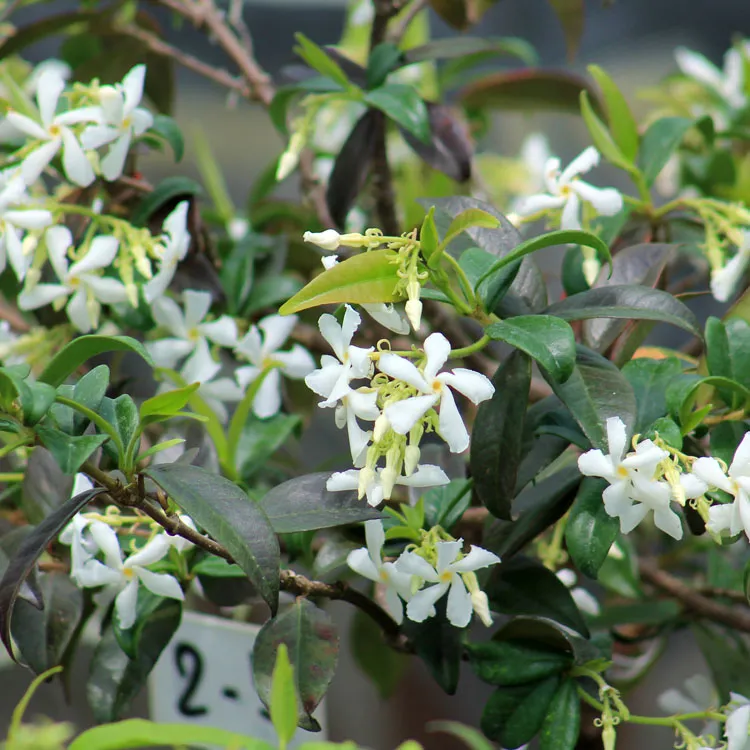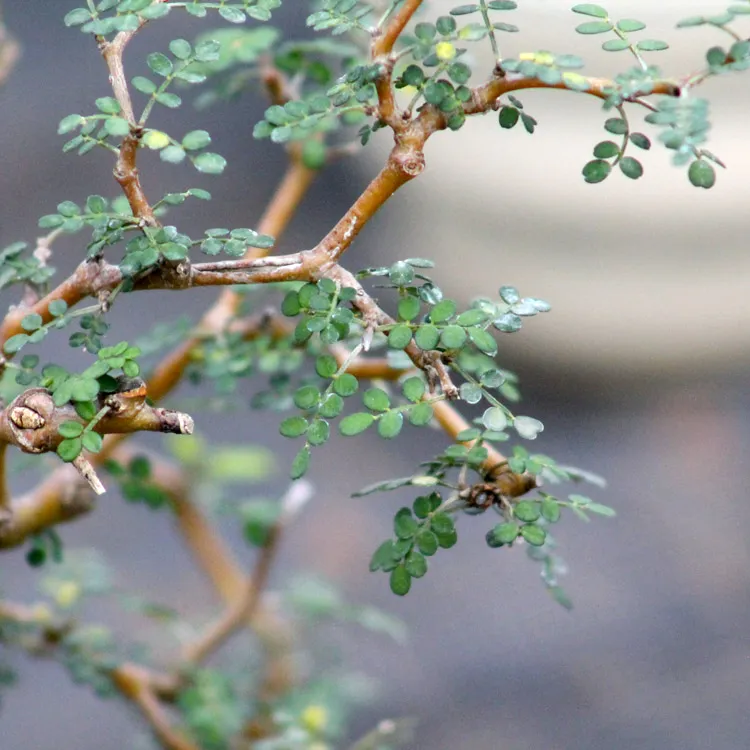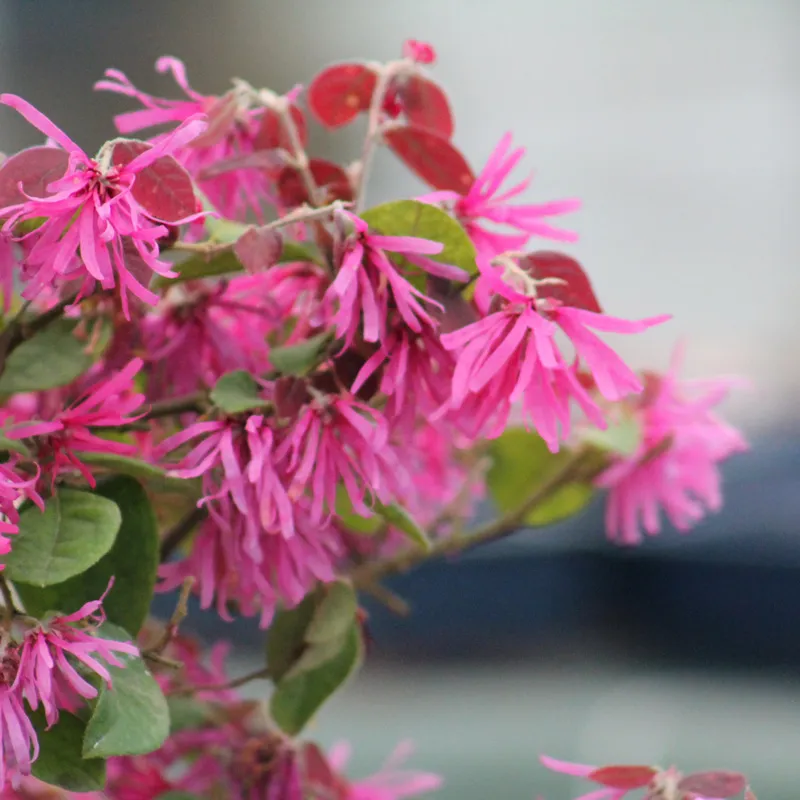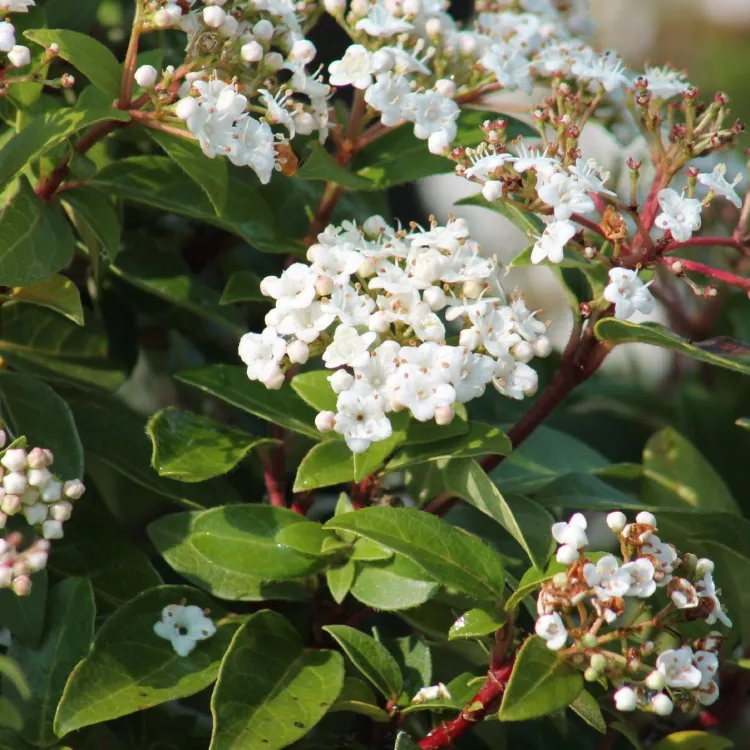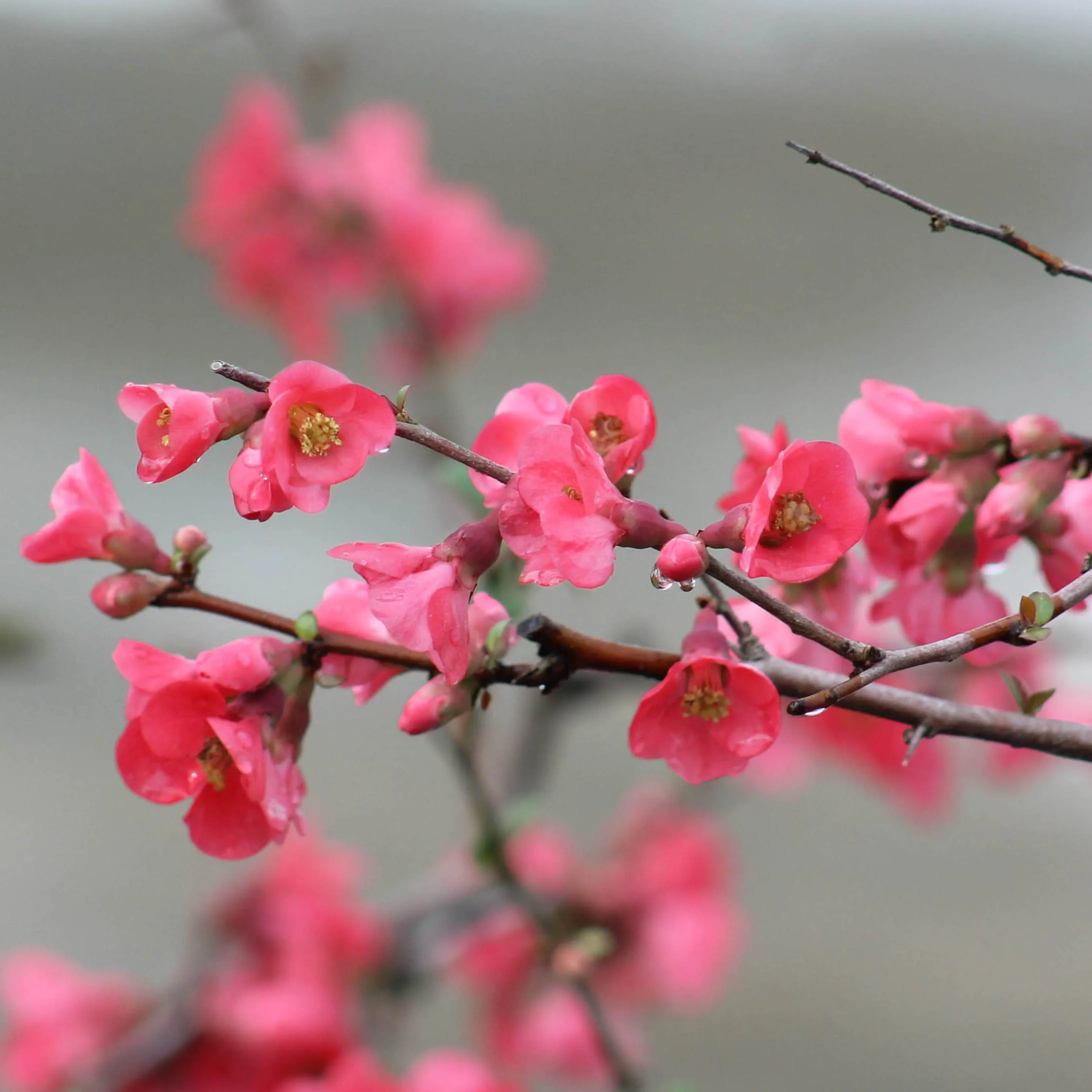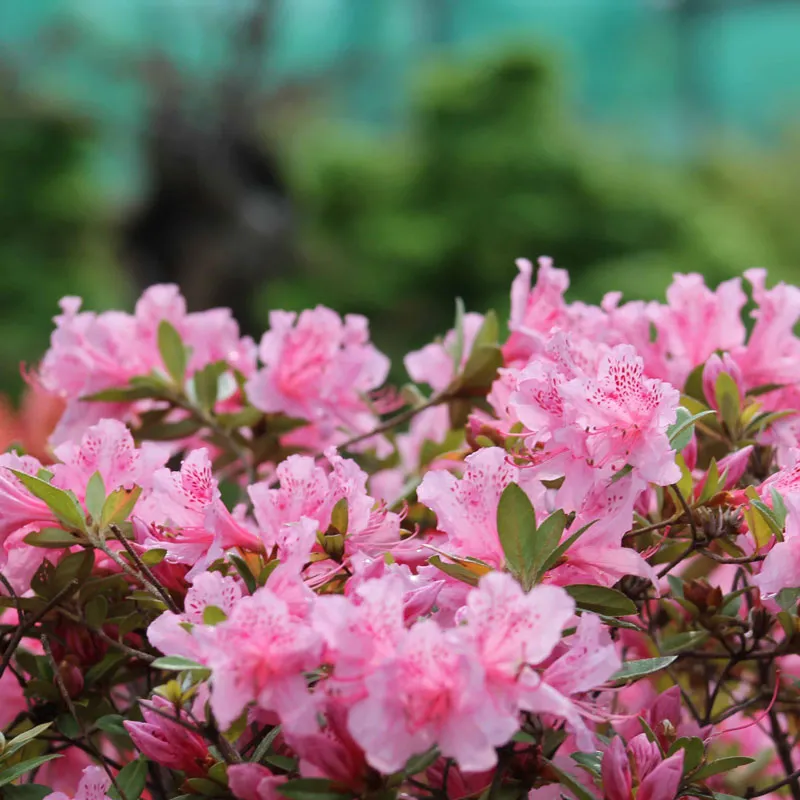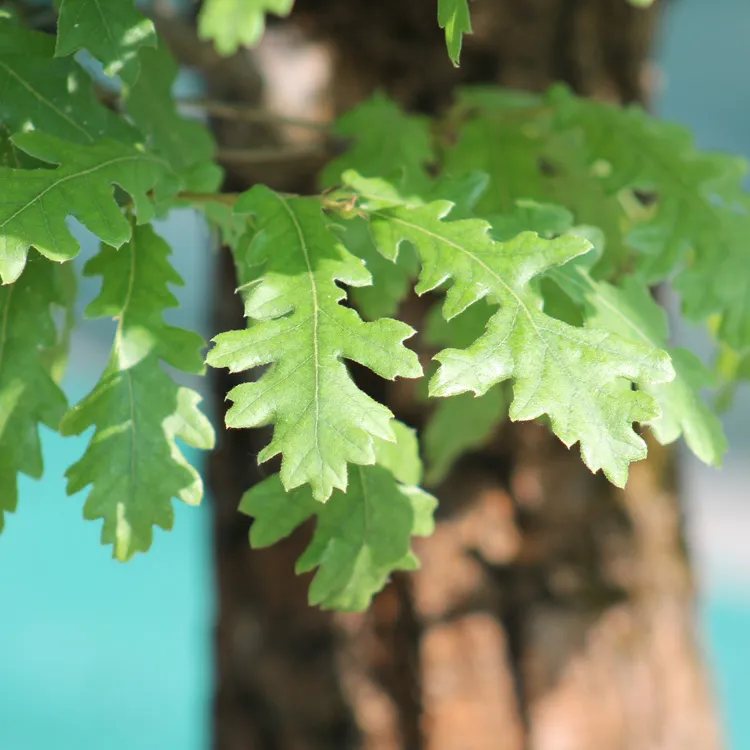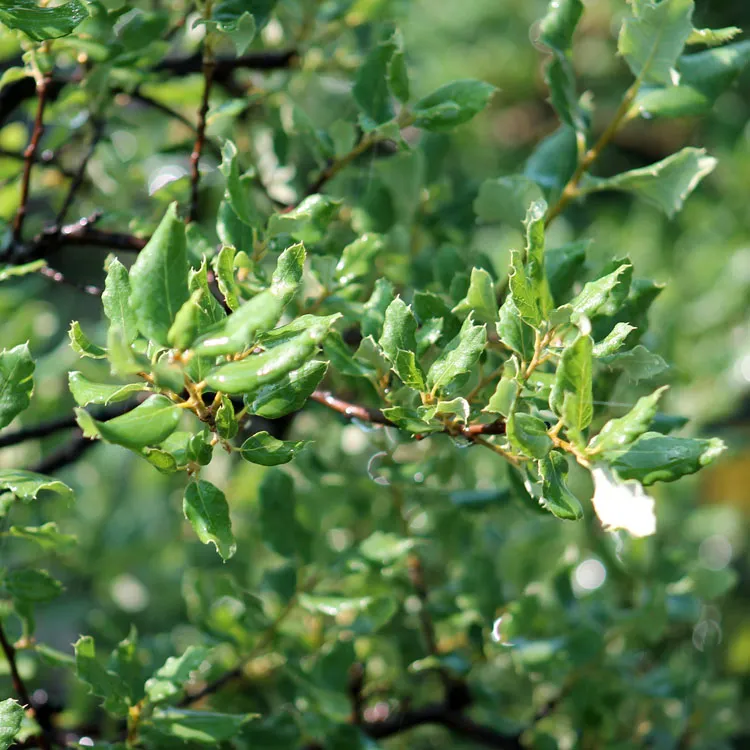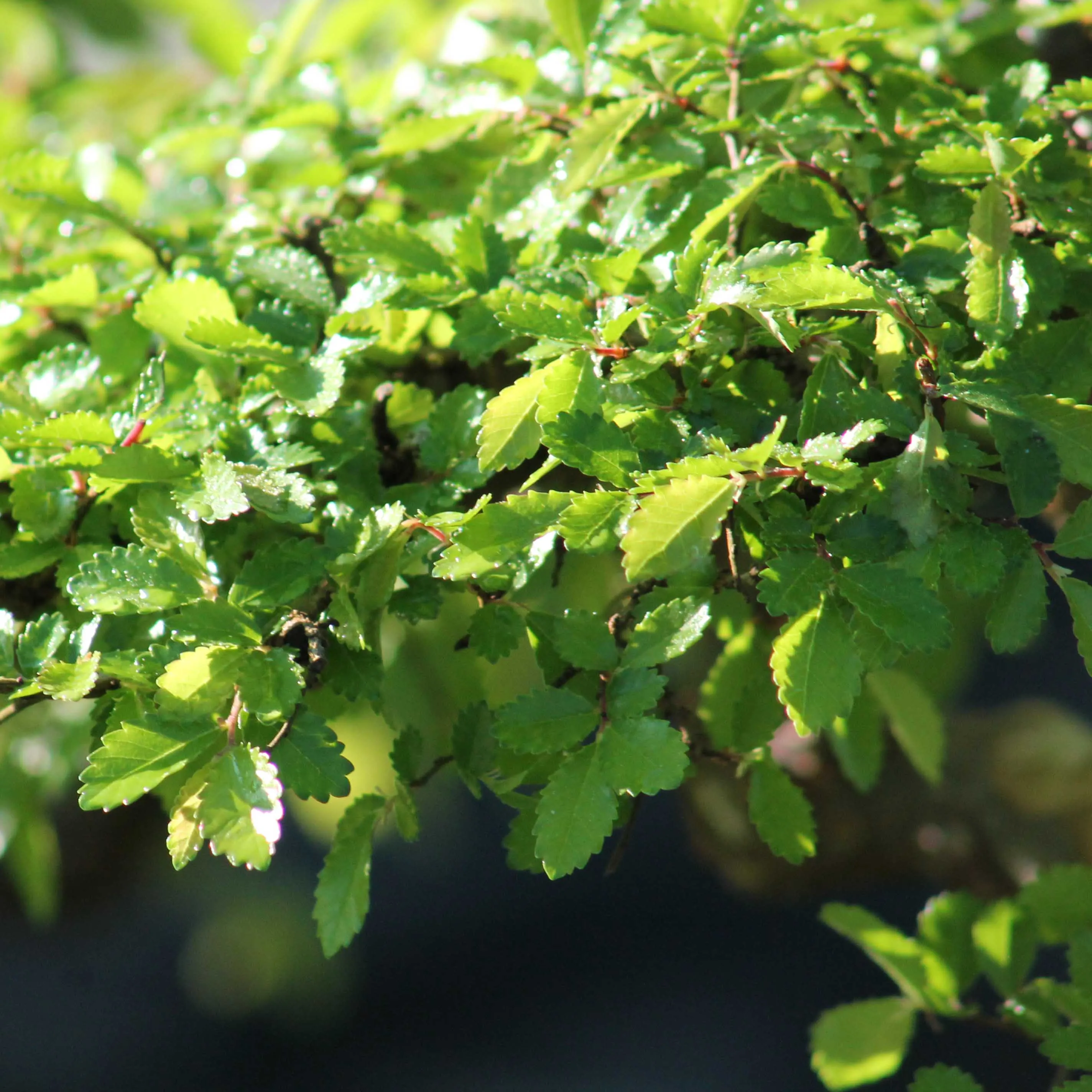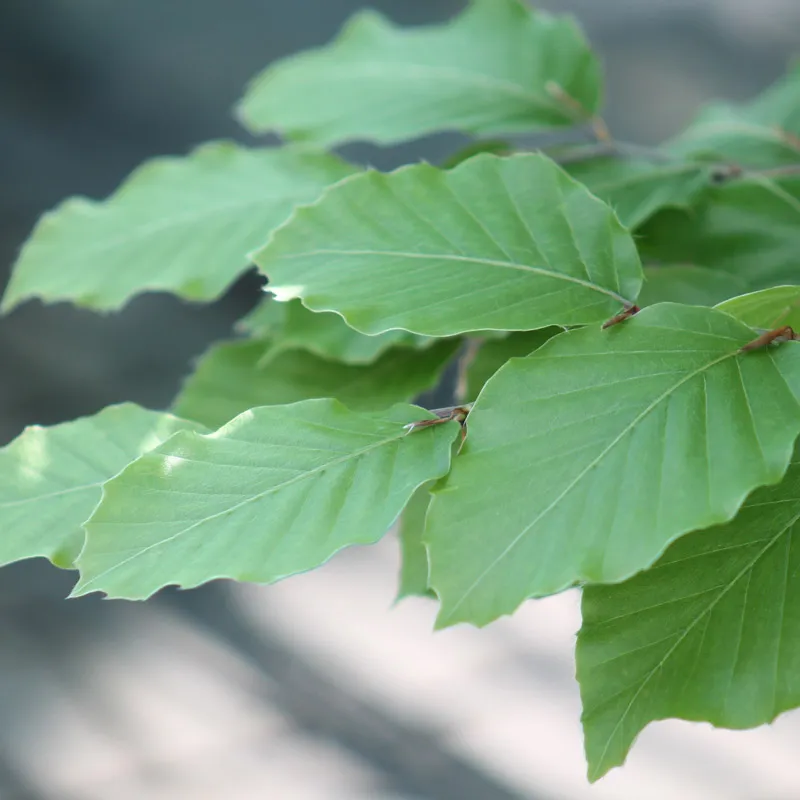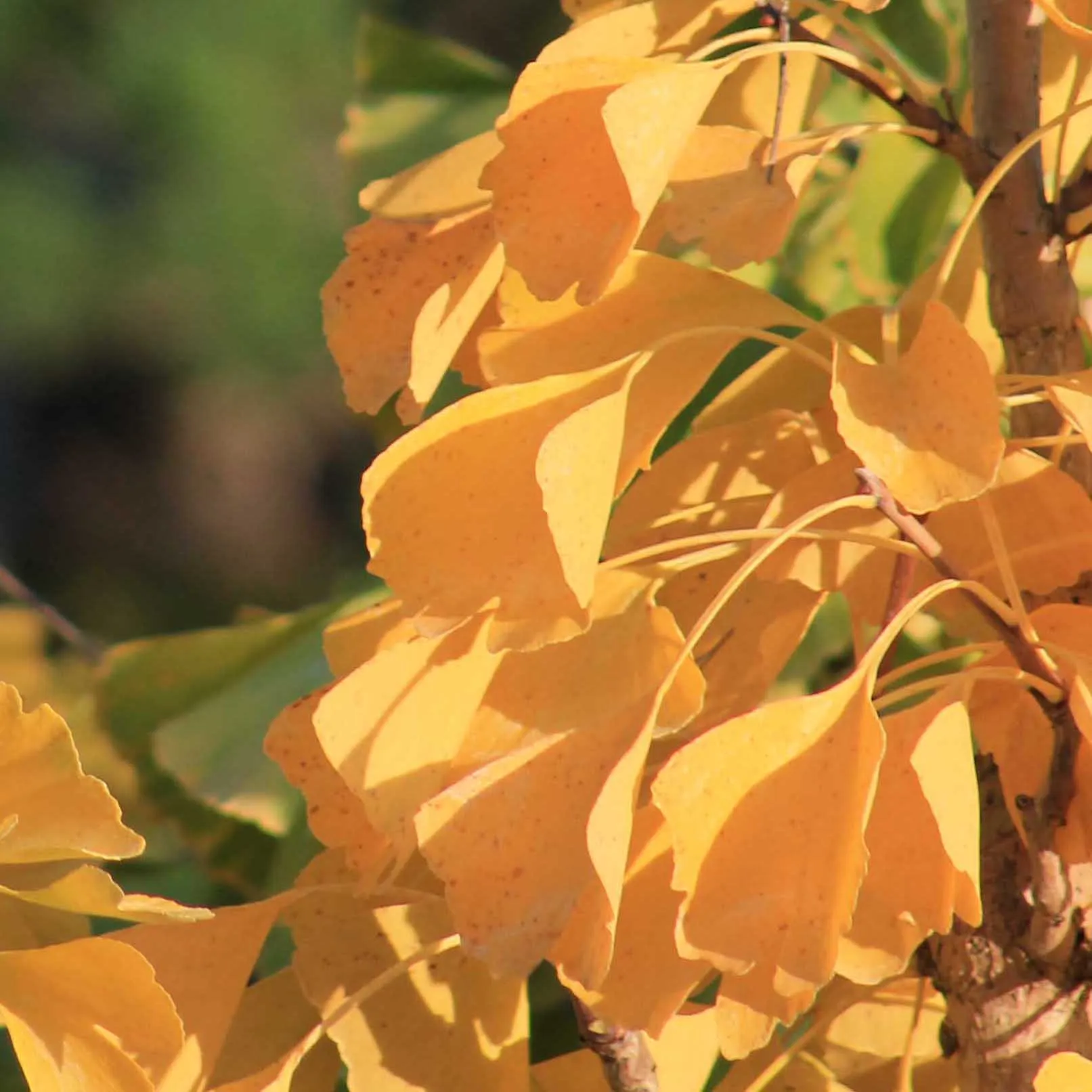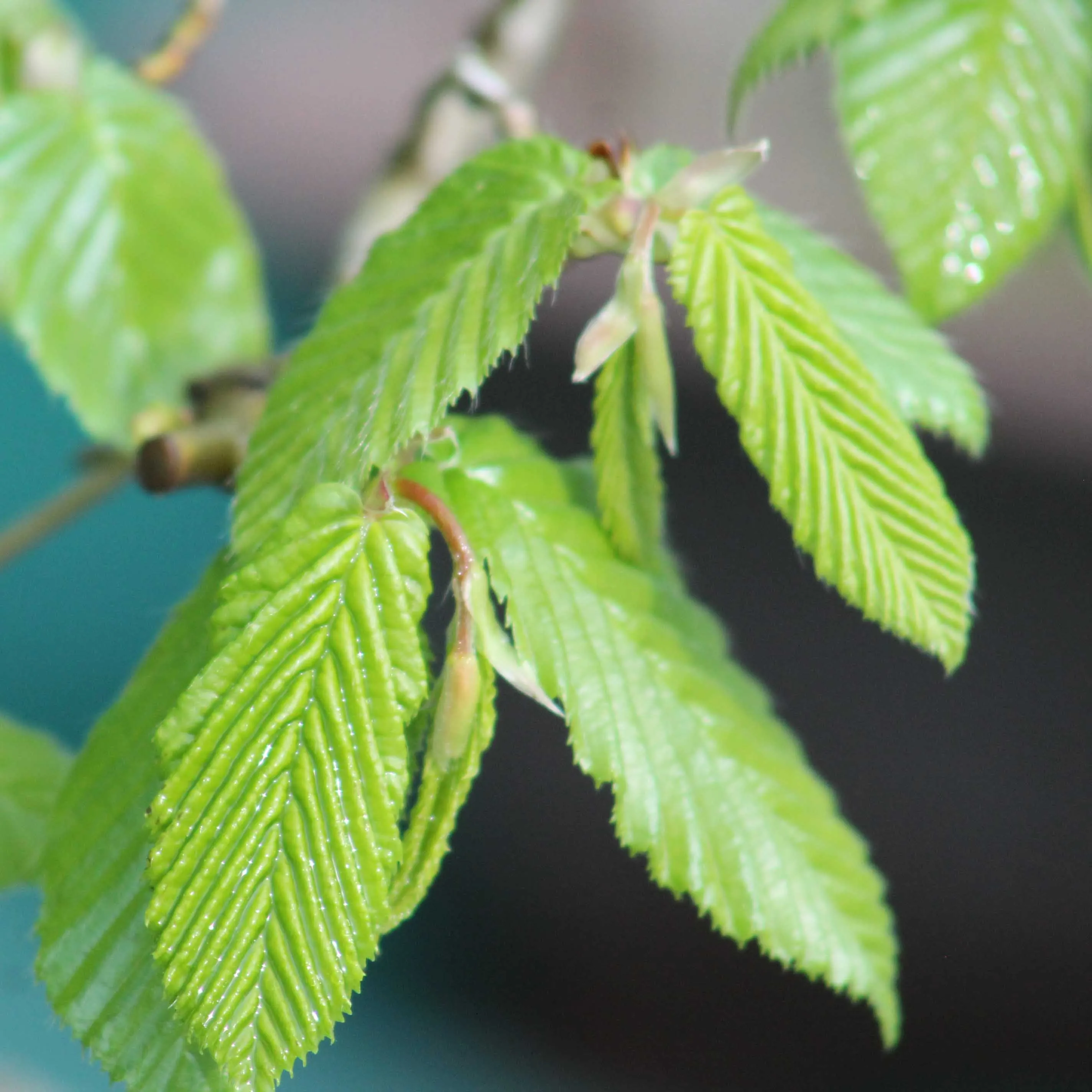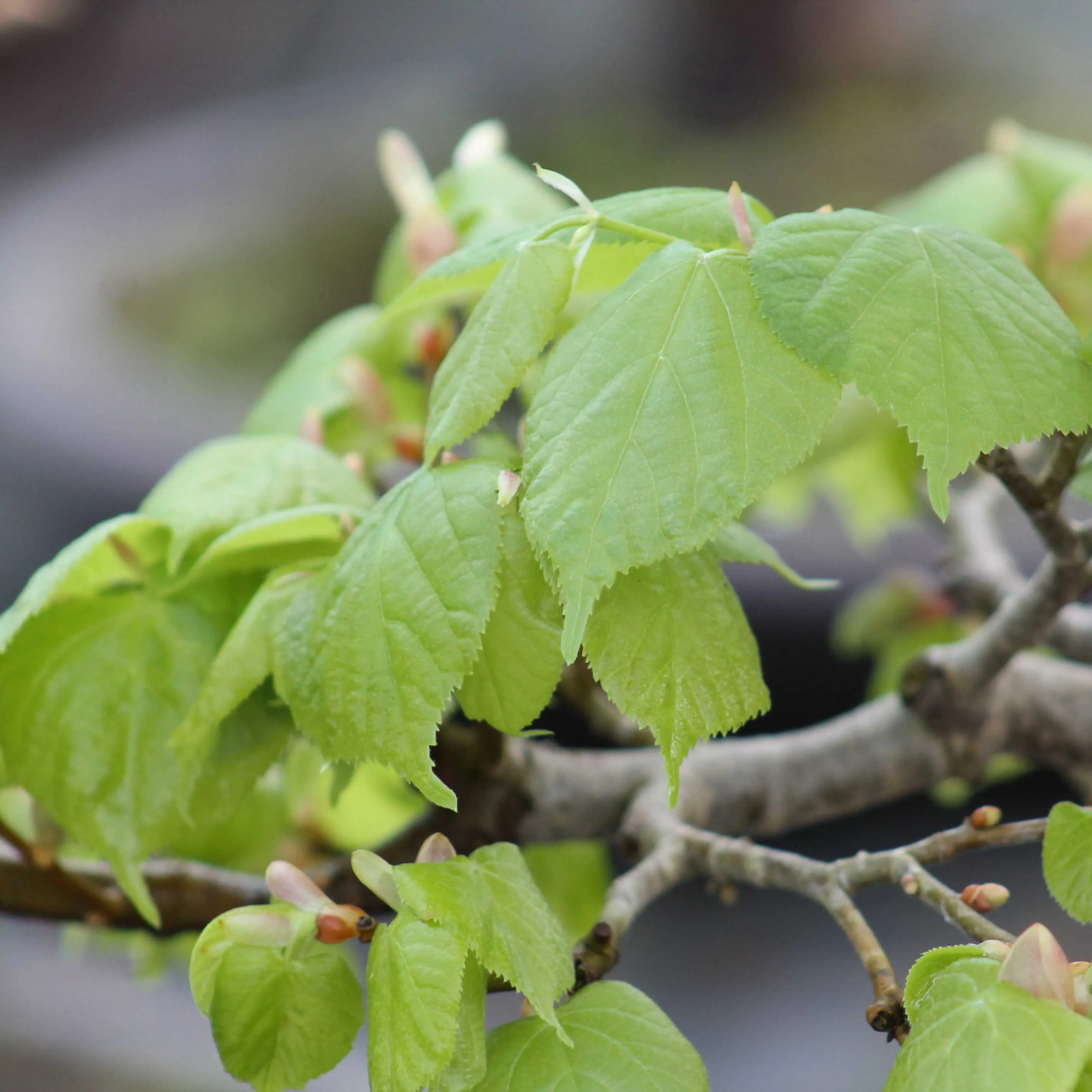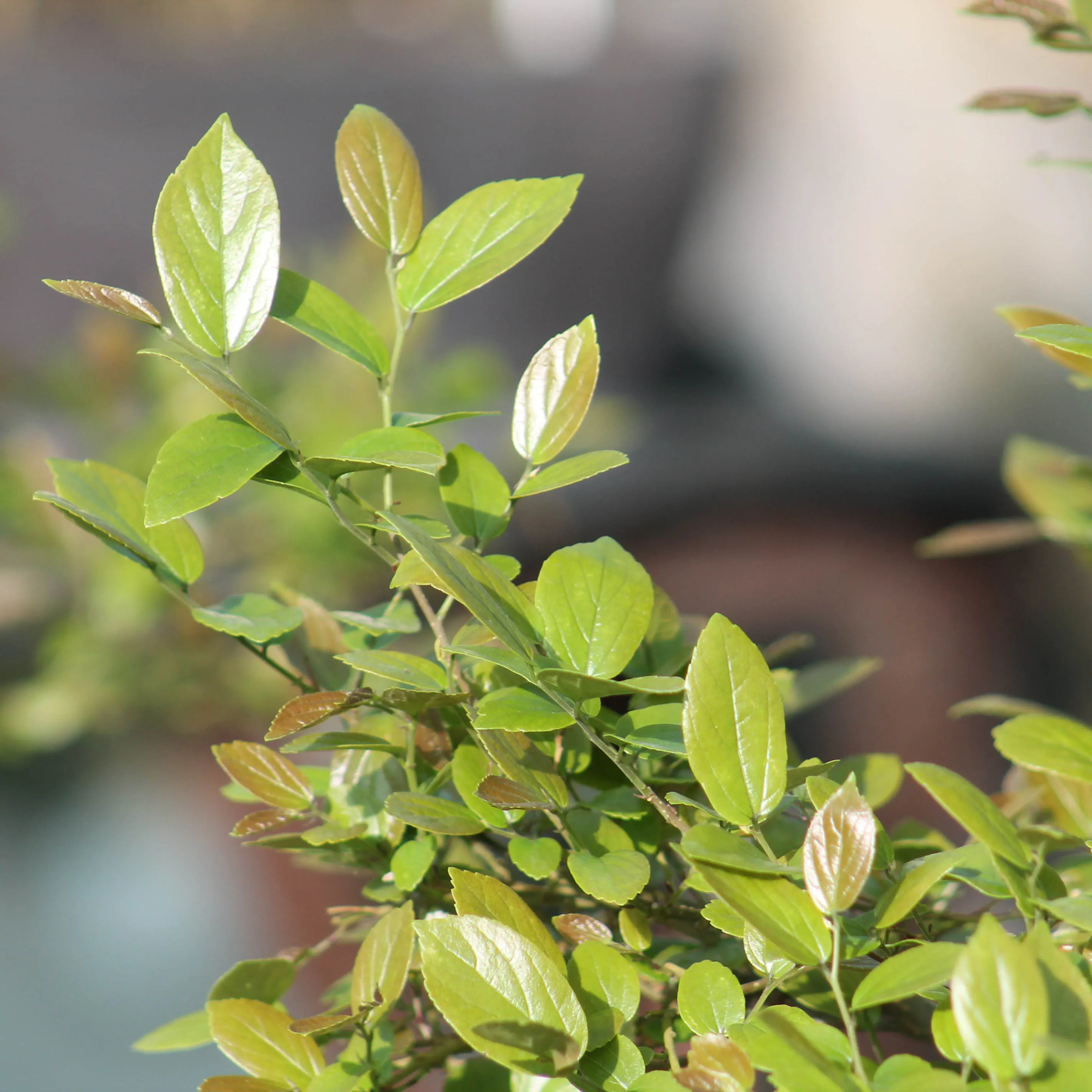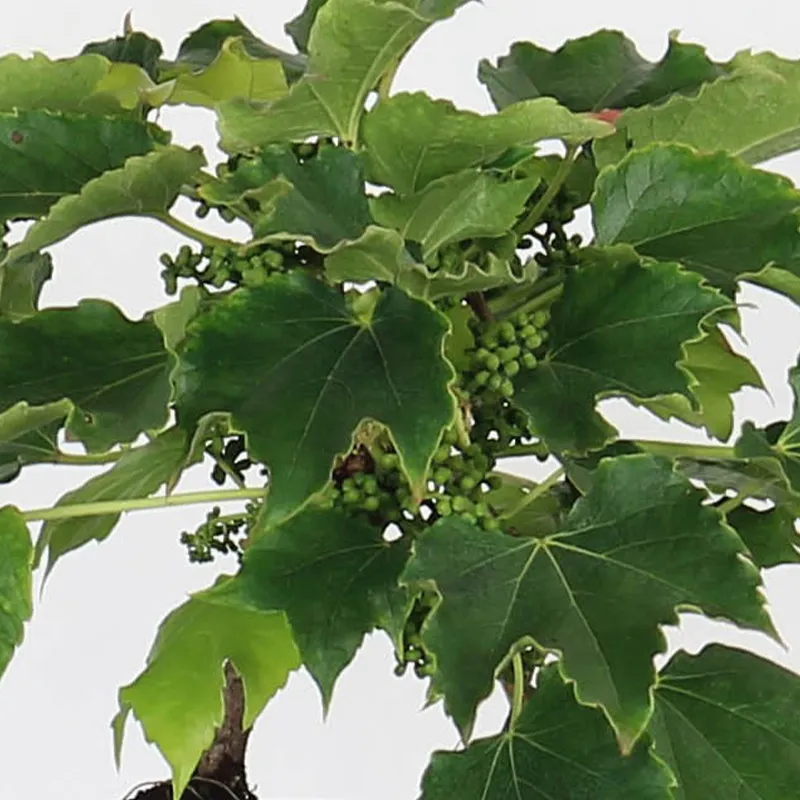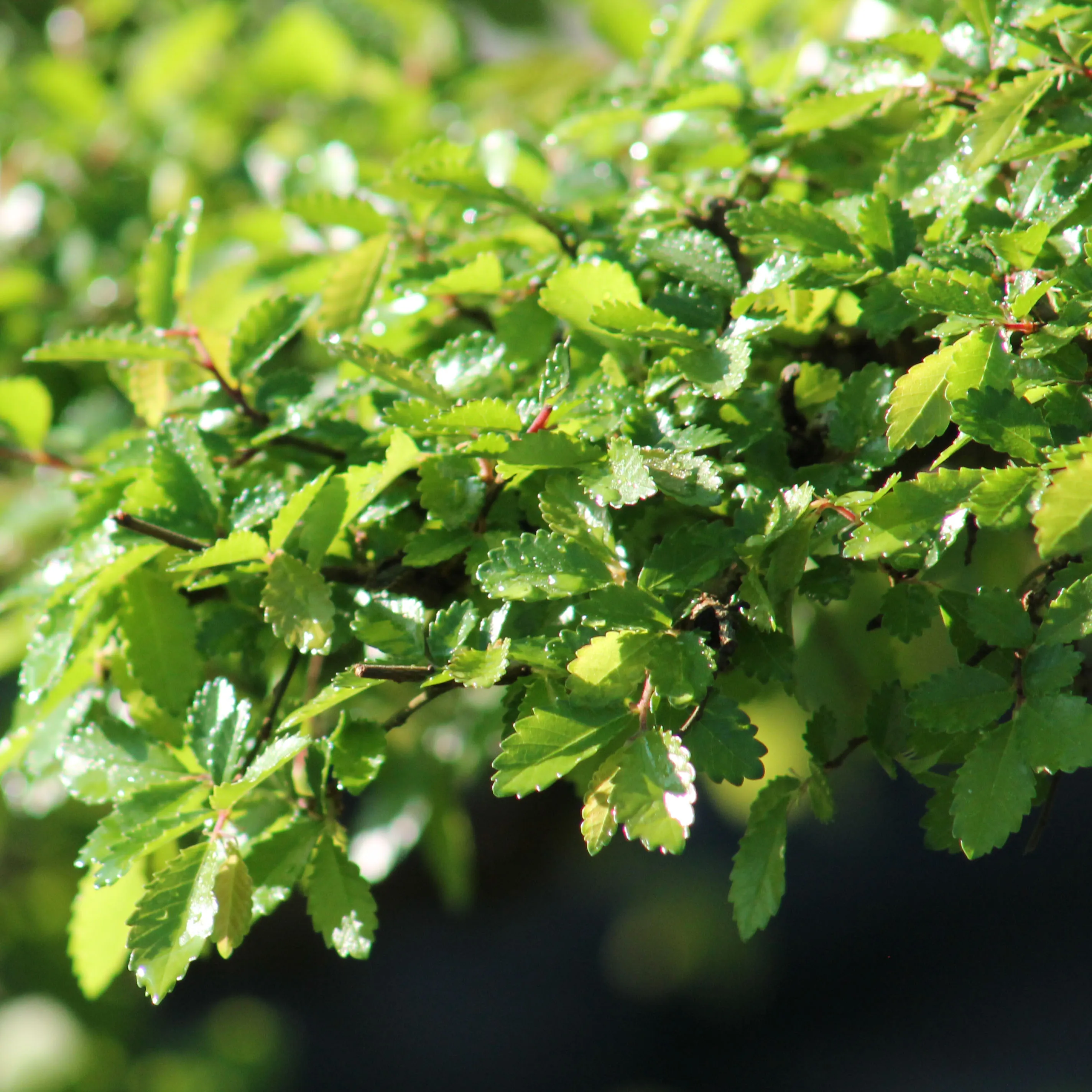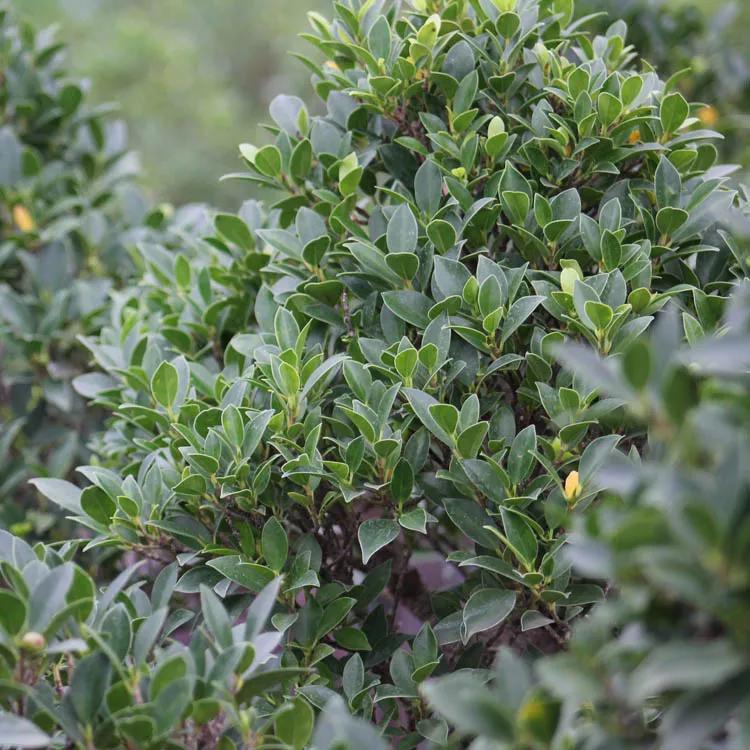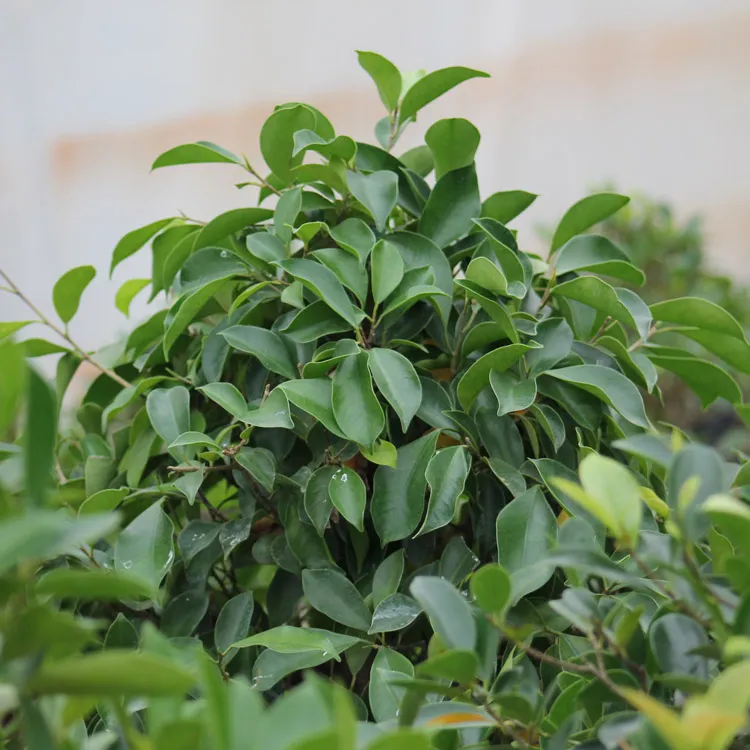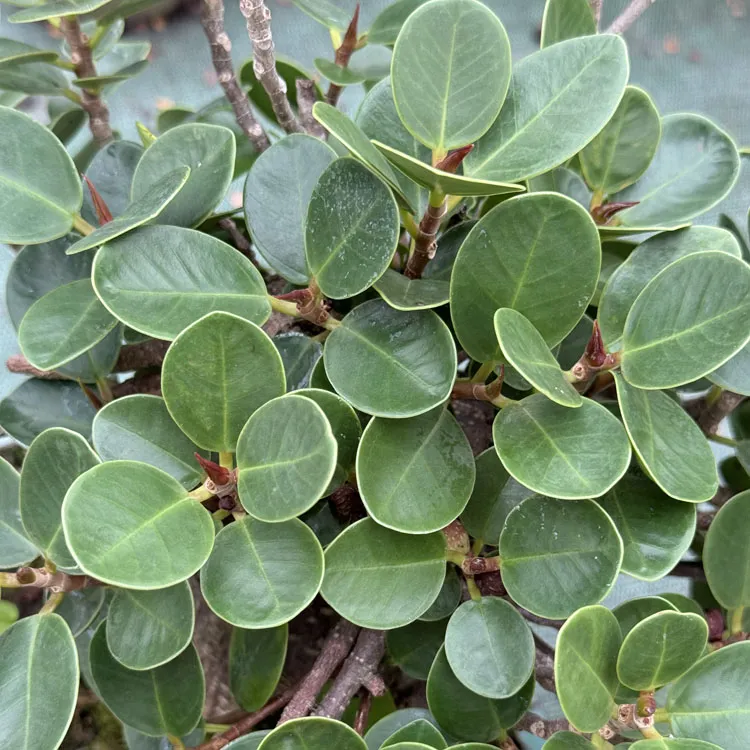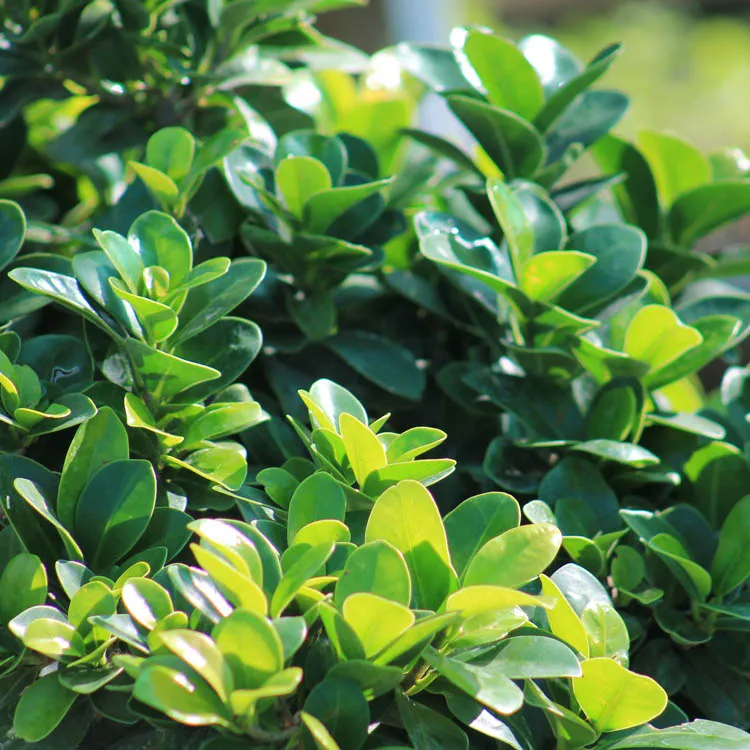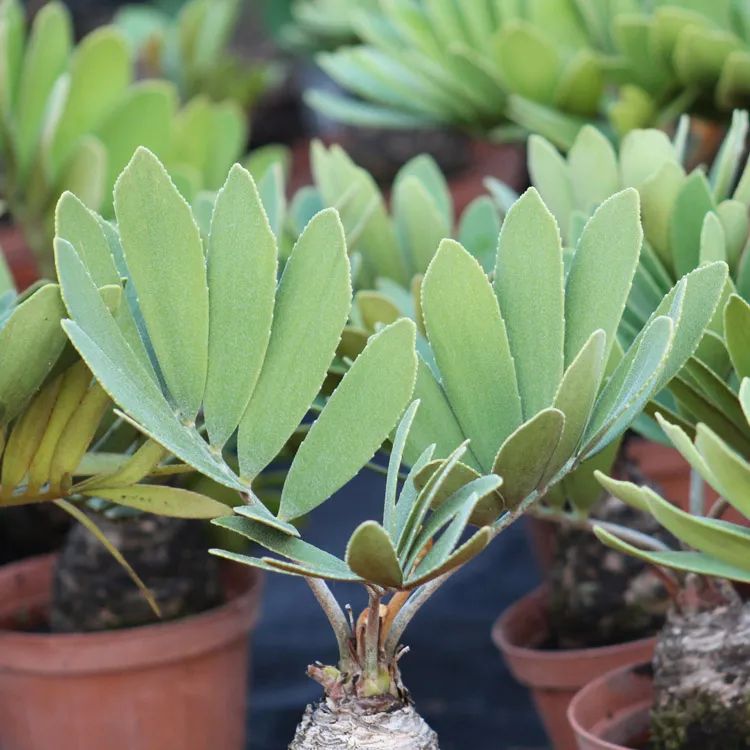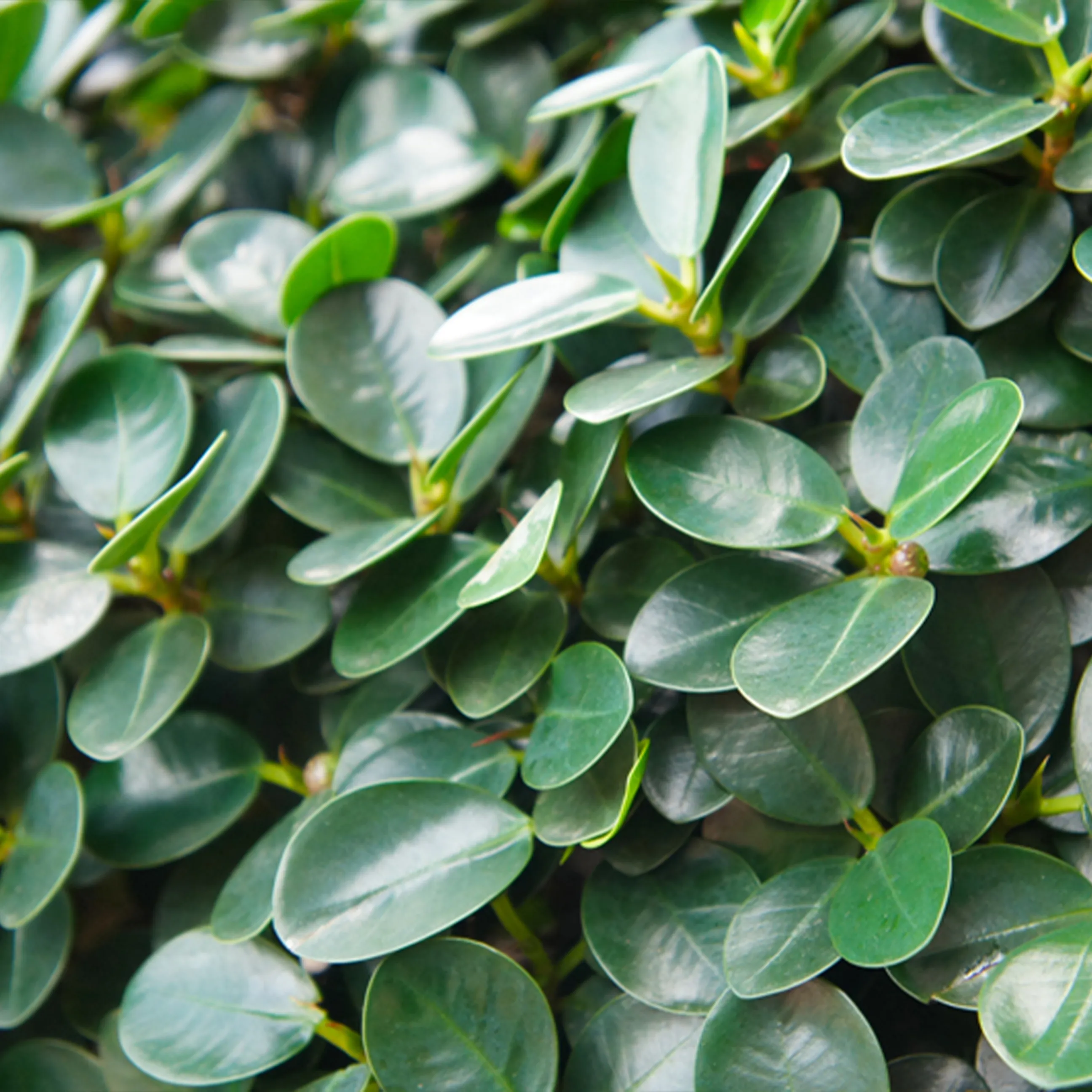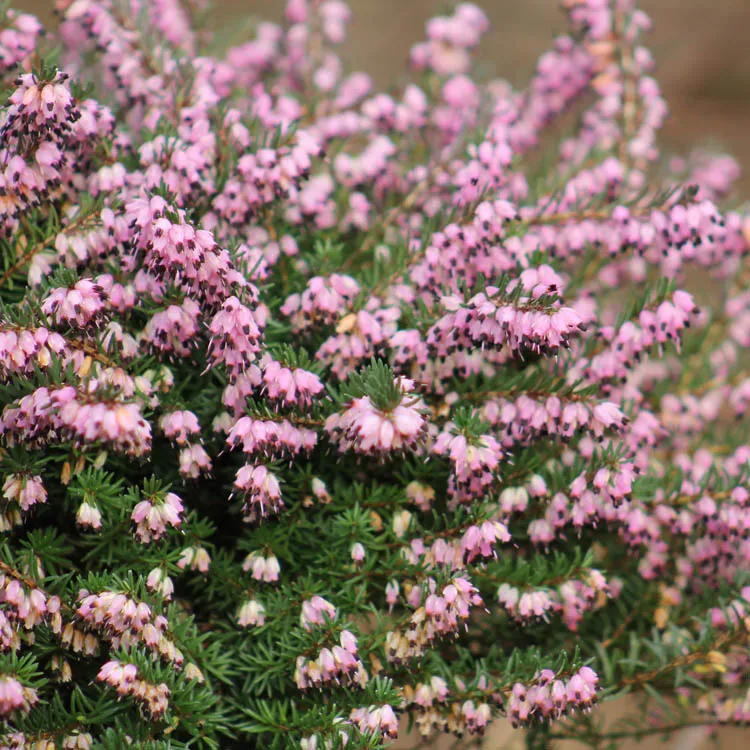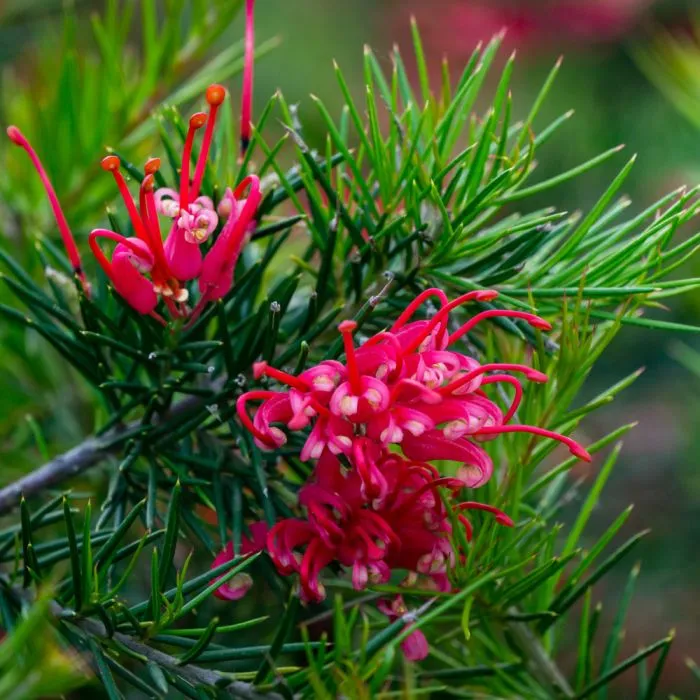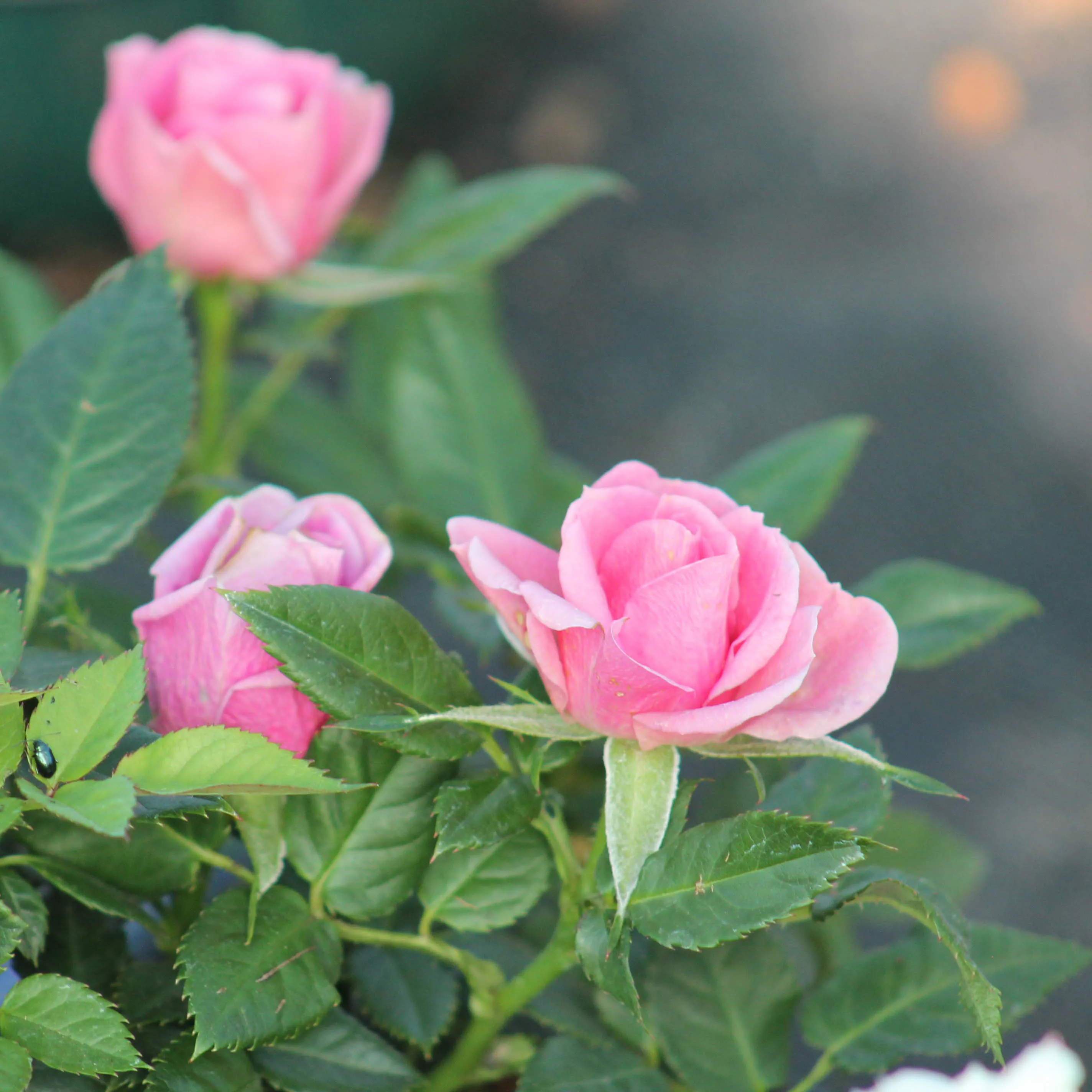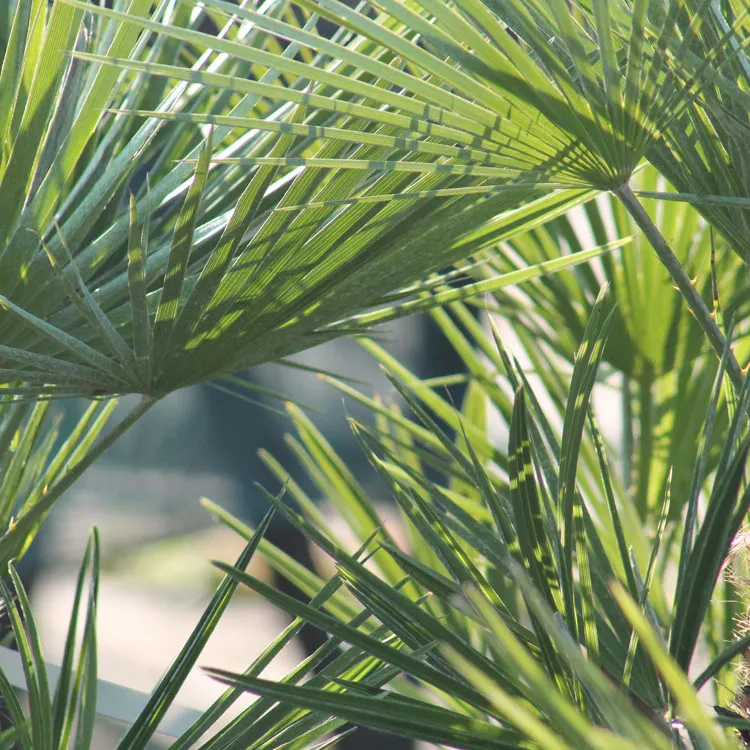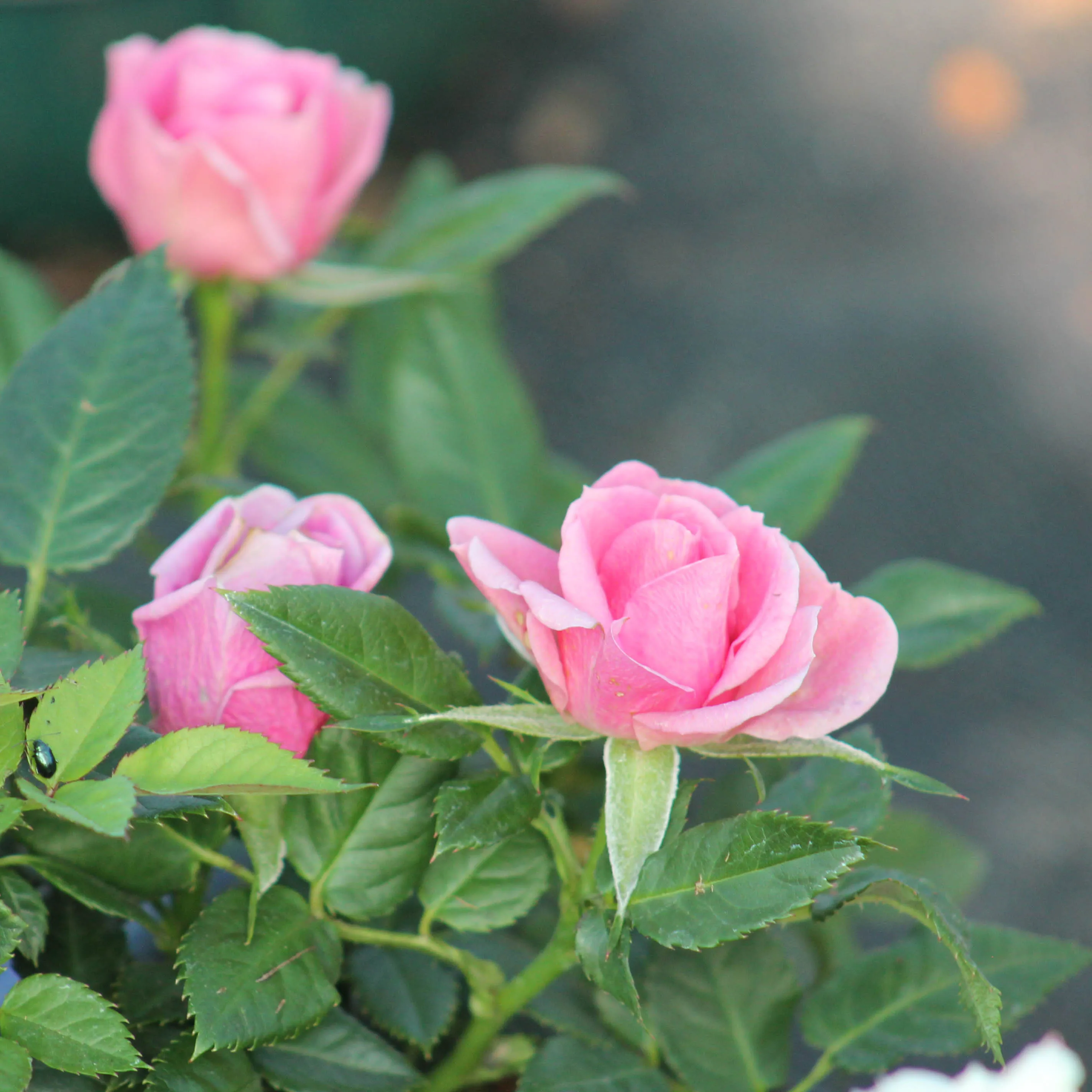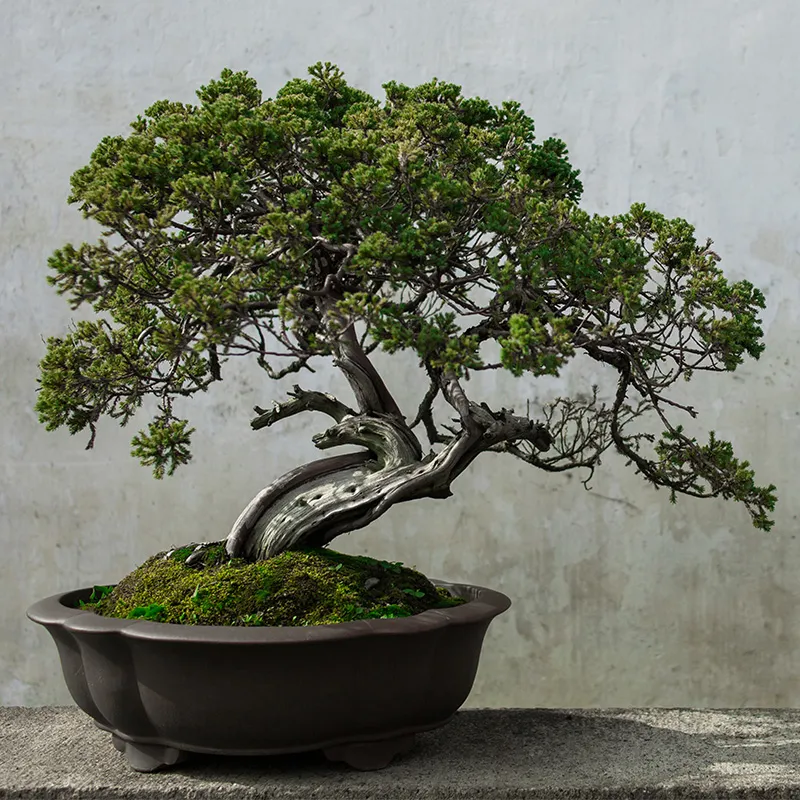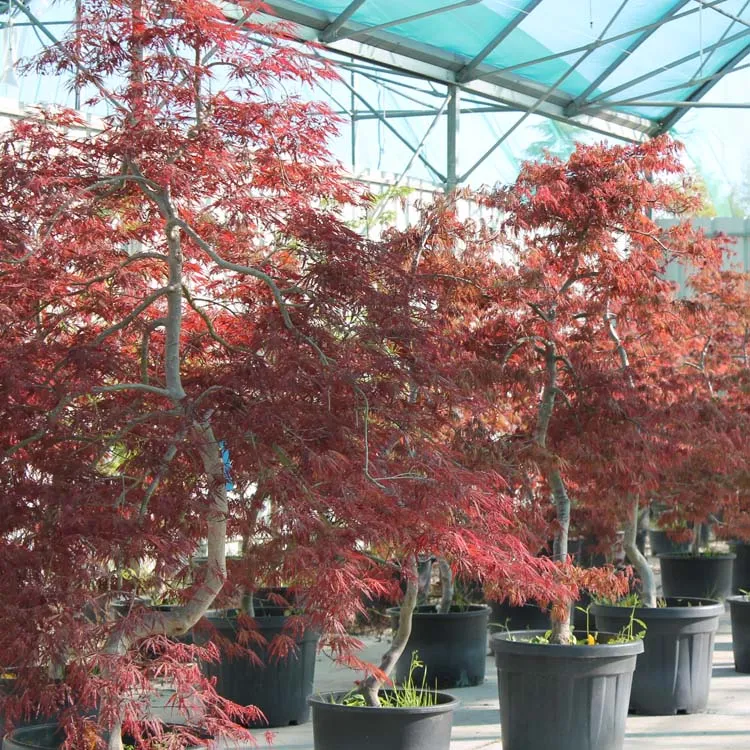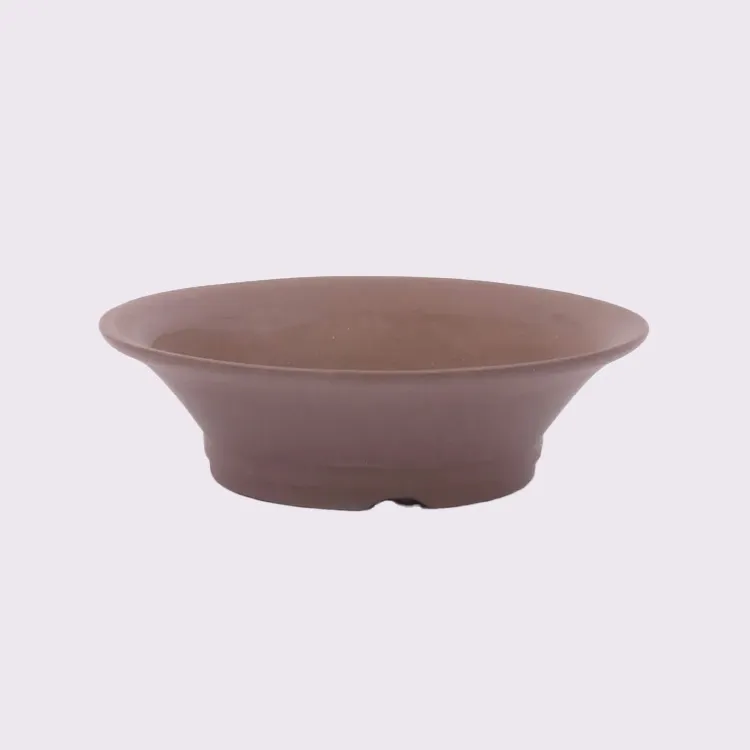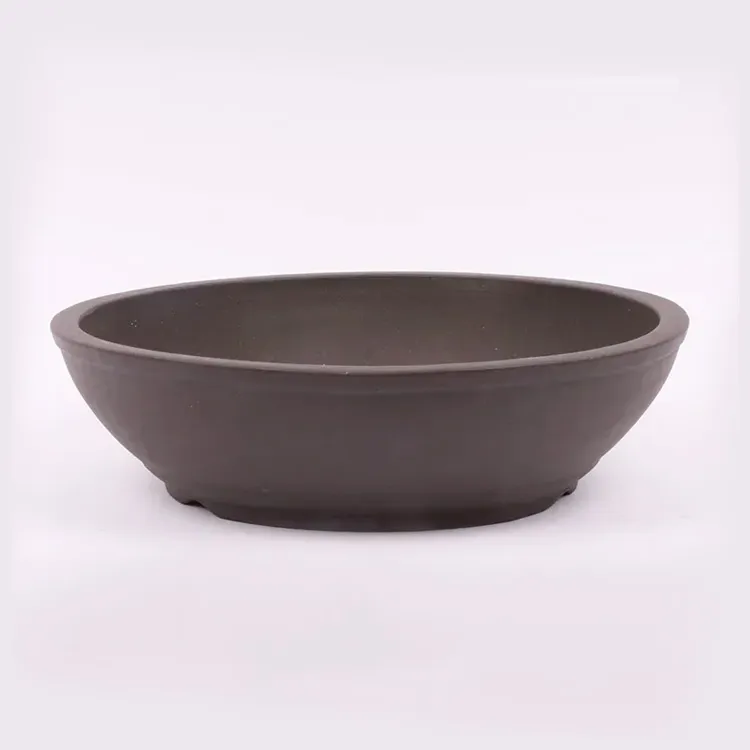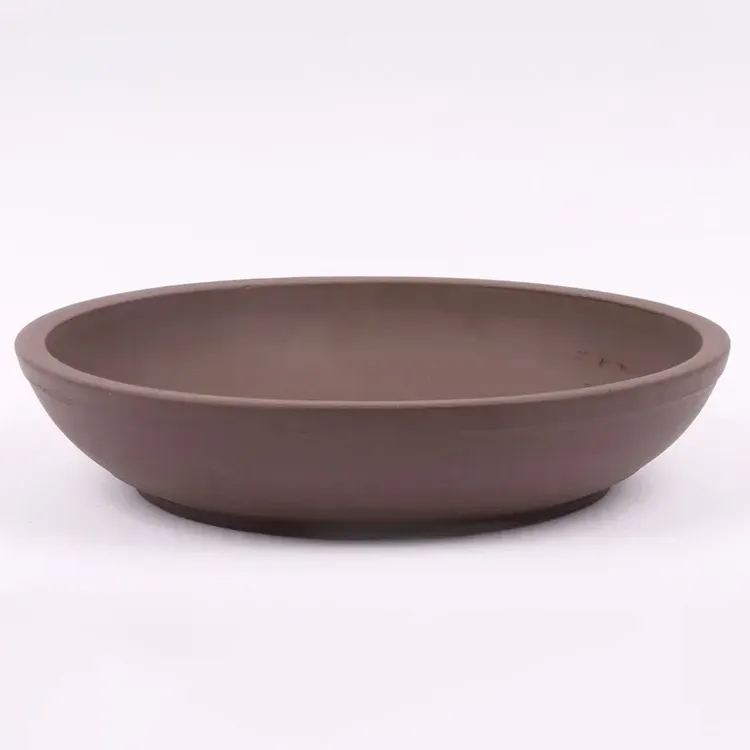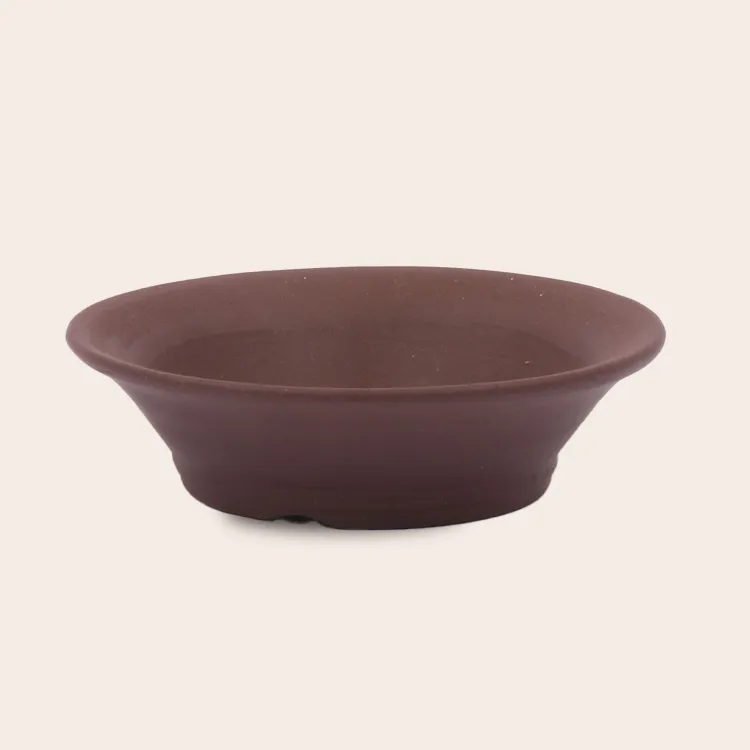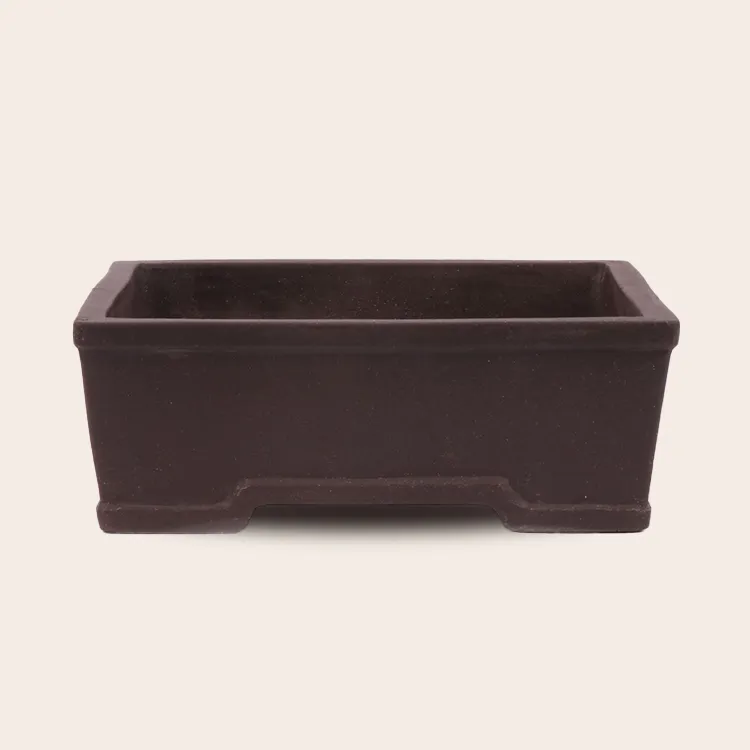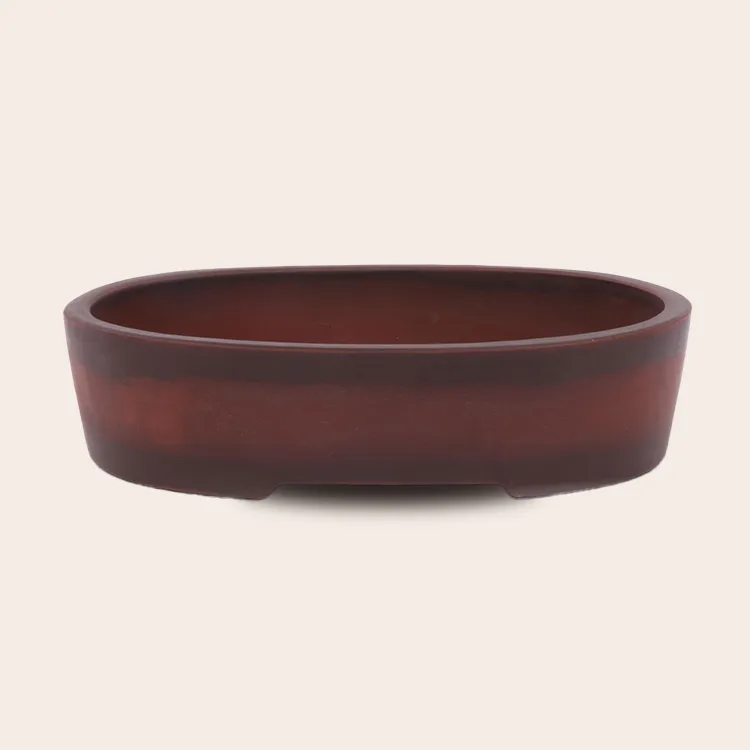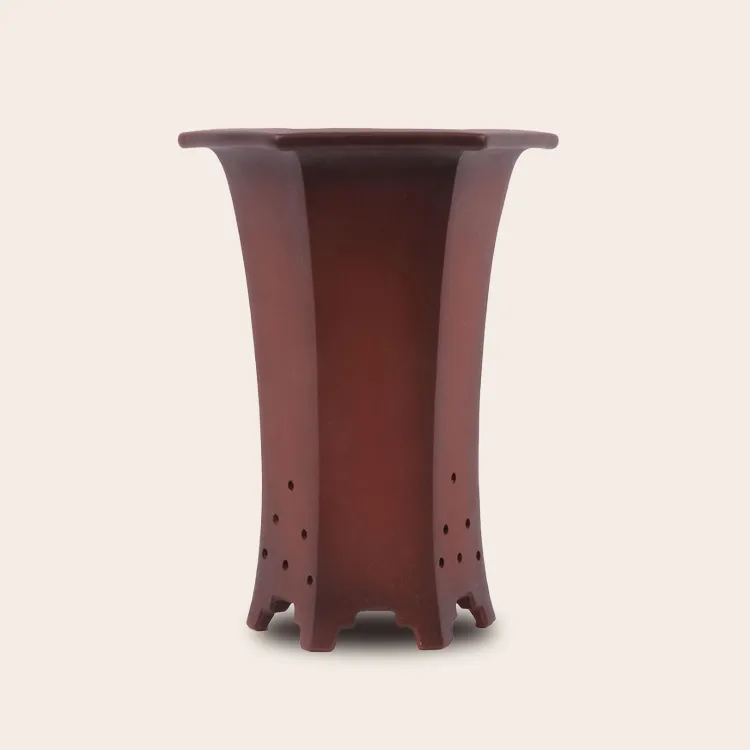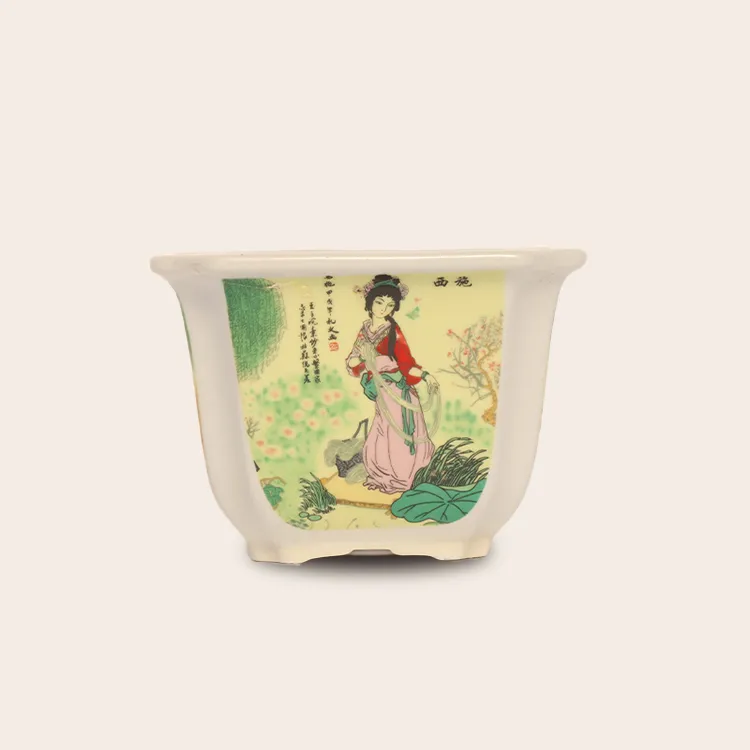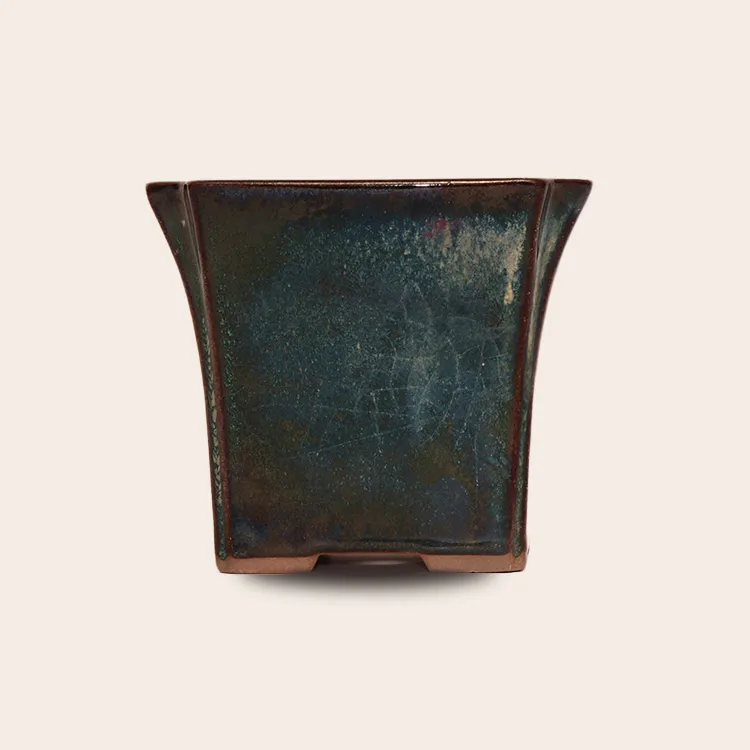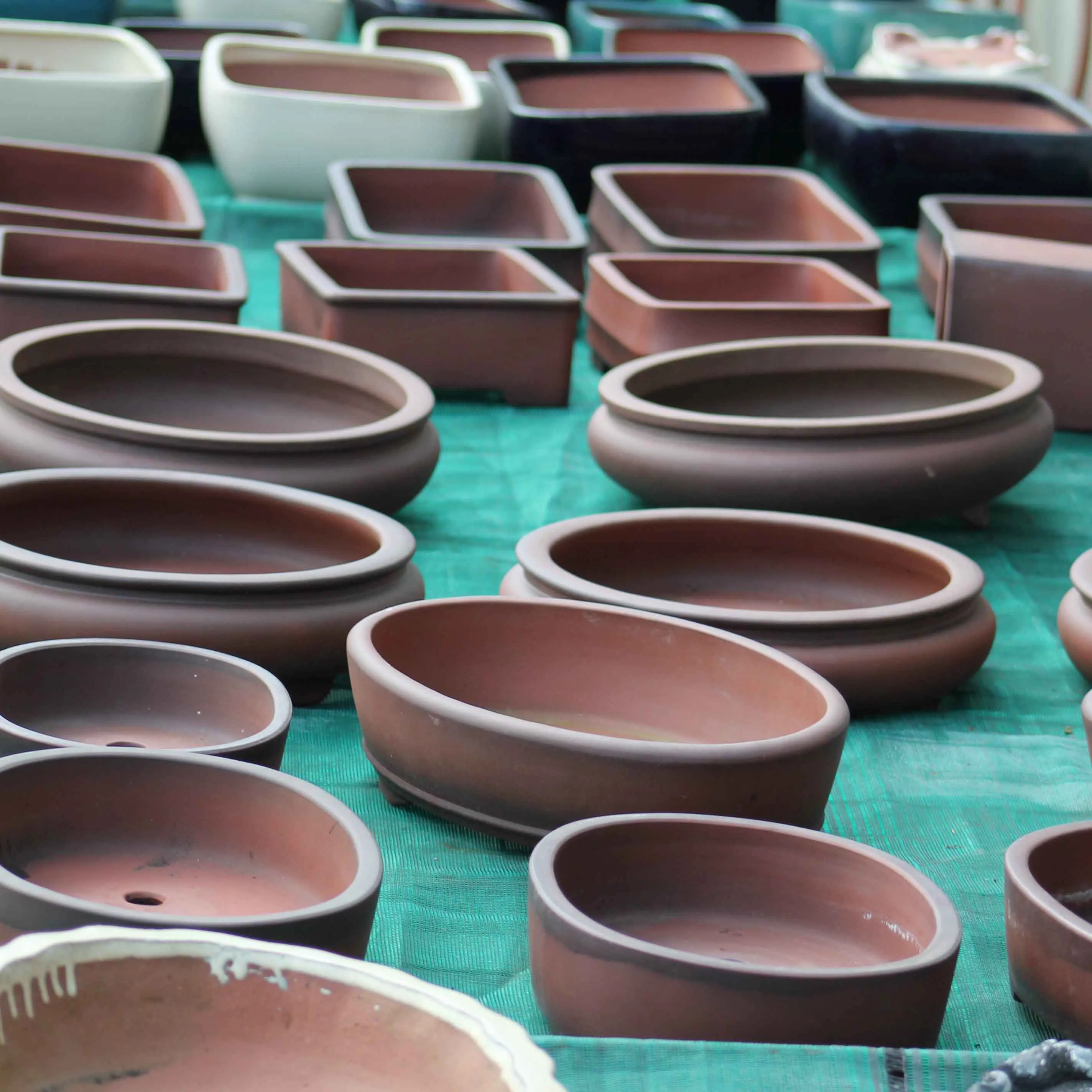Bonsai Pests : How to Identify and Get Rid of Them
Bonsai are miniature trees that require special attention. Unfortunately, they are not immune to pests that can compromise their health. In this article, we will explore the most common pests that attack bonsai, how to identify them, and most importantly, how to get rid of them effectively.
Warning ! Before thinking of a pest attack, most problems observed with your bonsai are often caused by improper watering—over- or under-watering—and, in the case of indoor bonsai, by a lack of light and humidity.
Do not treat if you are not sure your tree is infected.
1. The most common pests on bonsai
1.1 Aphids
Aphids are small green, black, or yellow insects that feed on the sap of leaves and young shoots. They weaken the plant and promote disease. The honeydew they produce can cause mold growth, which hinders photosynthesis and respiration in bonsai.
Solution :
- Spray a mixture of water and black soap on infested areas (5 ml/L of water), but be careful, this may not be enough.
- Introduce ladybugs, natural predators of aphids.
- If the infestation is severe, consider a stronger treatment, including a chemical one.
The varieties most susceptible to aphids :
Maple, oak, and beech : Their foliage and tender young shoots are a prime target for aphids, favored by spring humidity.
Flowering varieties such as quince, apple, Indian lilac, cherry, rose, and hibiscus are also often attacked; aphids also favor new leaves and flower buds.
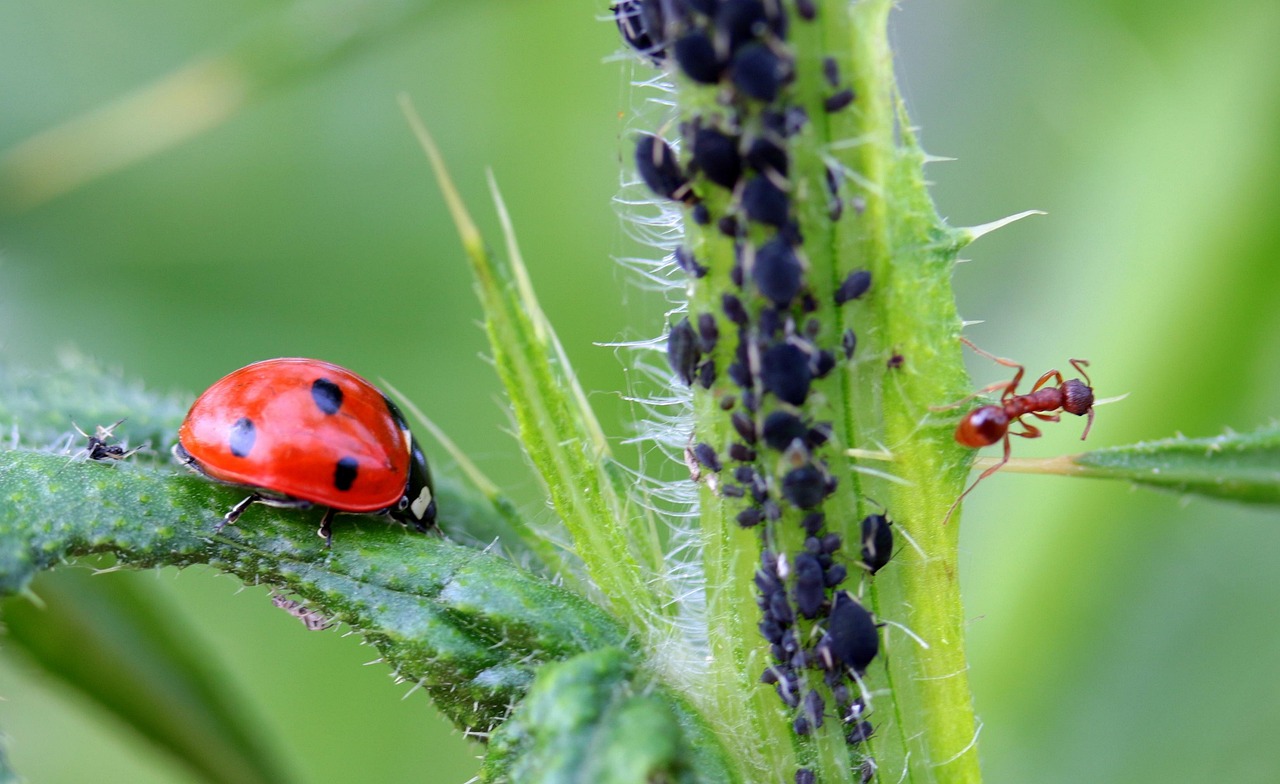
1.2 Cochineals
Les cochenilles apparaissent sous forme de petits amas cotonneux ou de carapaces dures sur les tiges et feuilles. Elles sucent la sève et secrètent une substance collante (miellat) propice à la fumagine (champignon noir).
Solution :
- Mealybugs appear as small, cottony masses or hard shells on stems and leaves. They suck sap and secrete a sticky substance (honeydew) that is conducive to sooty mold (black fungus).
Varieties sensitive to cochineal :
- Ficus
- Very common indoors, often infested with scale insects or cottony scale insects.
- The thick sap attracts scale insects, especially in warm, dry conditions.
- Podocarpus, and pines in general
- The thick, evergreen needles easily harbor scale insects.
.jpg)
1.3 Mites (Red Spiders)
Difficult to see with the naked eye, these tiny parasites turn leaves yellow and cause them to dry out.
Solution :
- Increase the humidity by regularly misting your bonsai.
- Use a natural miticide such as nettle manure.
1.4 Thrips
These microscopic insects feed on plant tissue. By injecting saliva, they create silvery discolorations on the leaves and weaken the bonsai.
Solution :
- Spray with a garlic or natural pyrethrum infusion.
- Place yellow sticky strips to capture the adults.
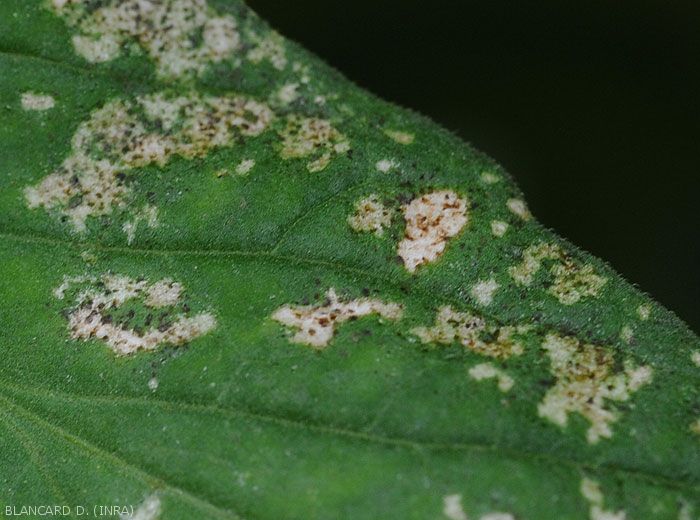
How to prevent and treat these parasites?
- Monitor your bonsai regularly: Inspect the foliage, especially under the leaves and along the stems.
- Use natural solutions: Diluted black soap (5 ml/L of water) is a repellent against aphids and mealybugs, but be careful, as this may not be enough. Don't hesitate to use a stronger (chemical) treatment if necessary.
- Promote natural helpers: Ladybugs and lacewings are valuable allies against aphids.
- Provide good ventilation: A confined environment encourages the appearance of pests.
- Prune infested areas: If an attack is localized, remove the largest aphids by hand and treat quickly.
Conclusion
Pests can endanger the health of your bonsai, but by adopting rigorous monitoring and natural treatment methods, you can preserve its beauty and vigor. Always prioritize prevention to avoid infestations and ensure harmonious growth for your bonsai.

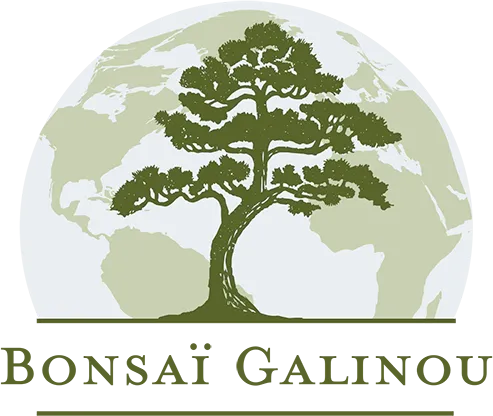
 Production of French Bonsai
Production of French Bonsai
